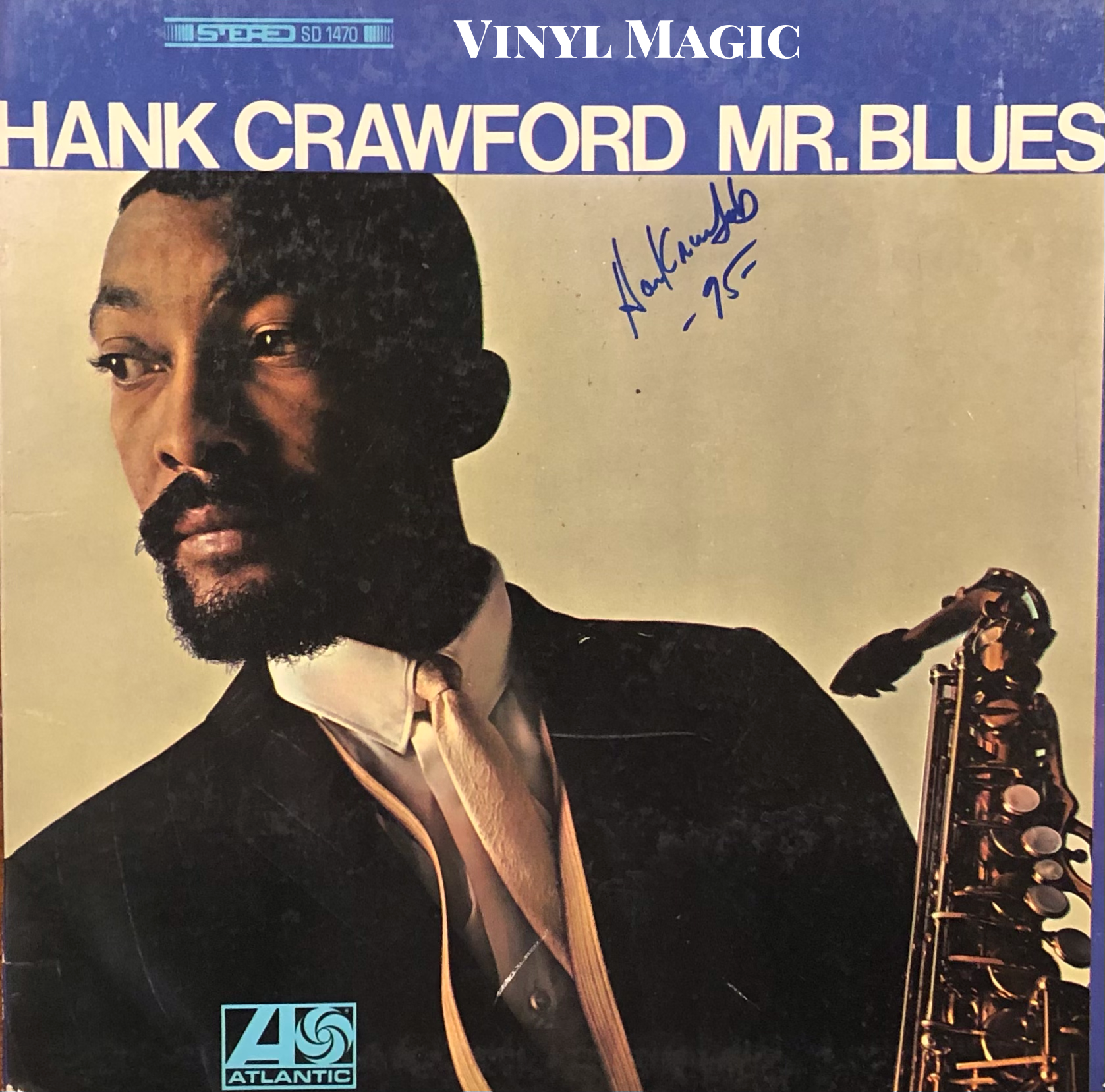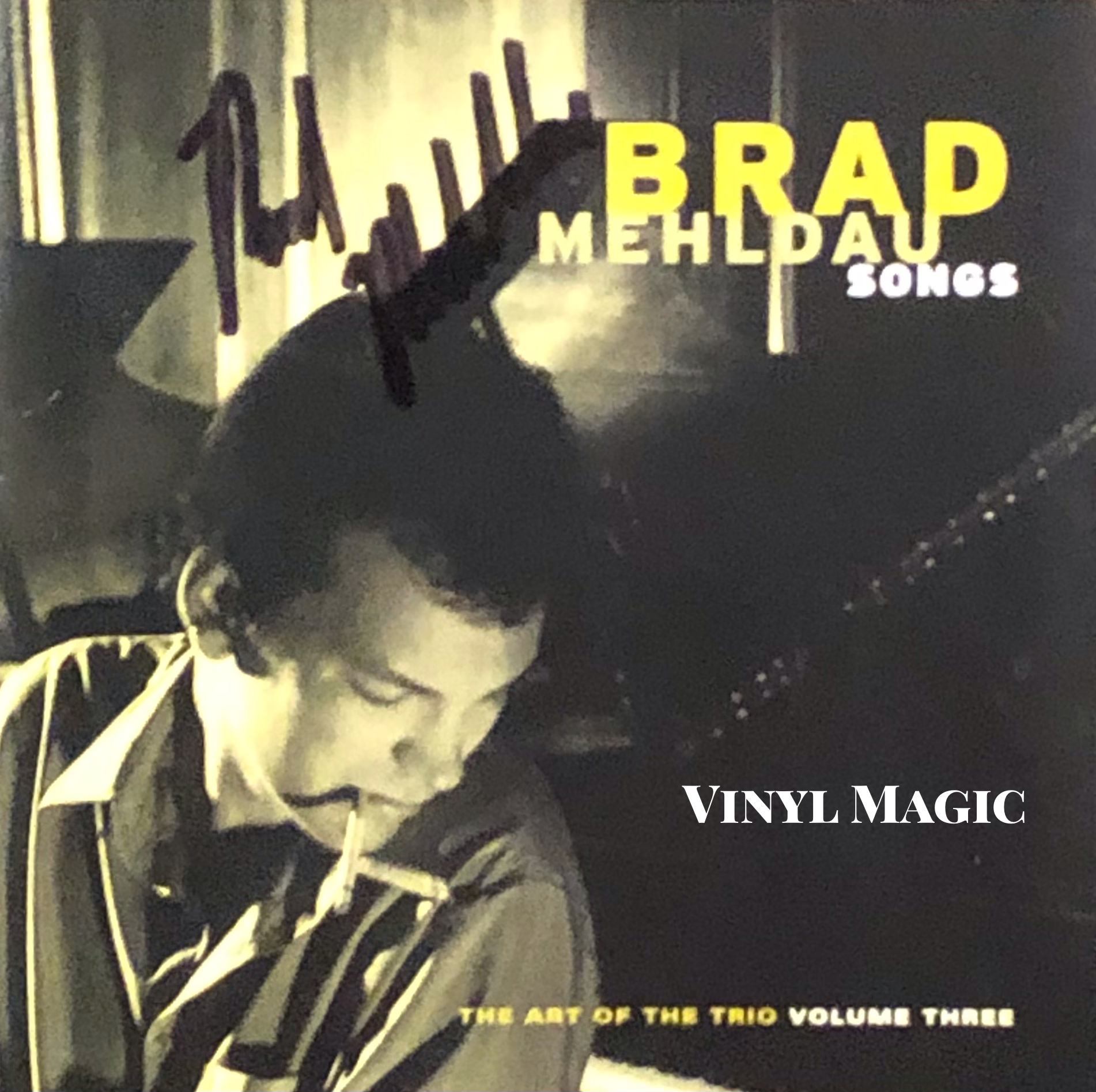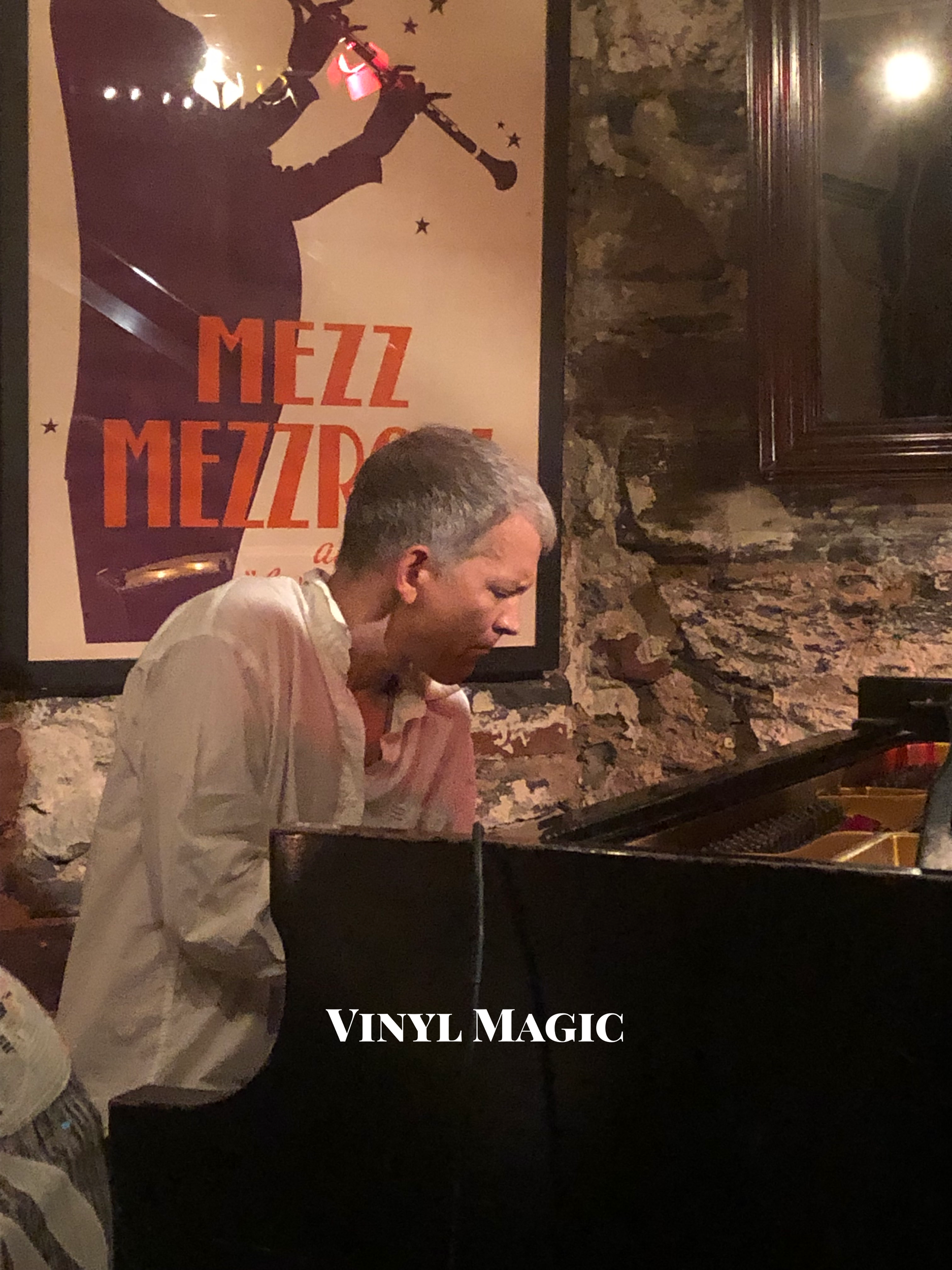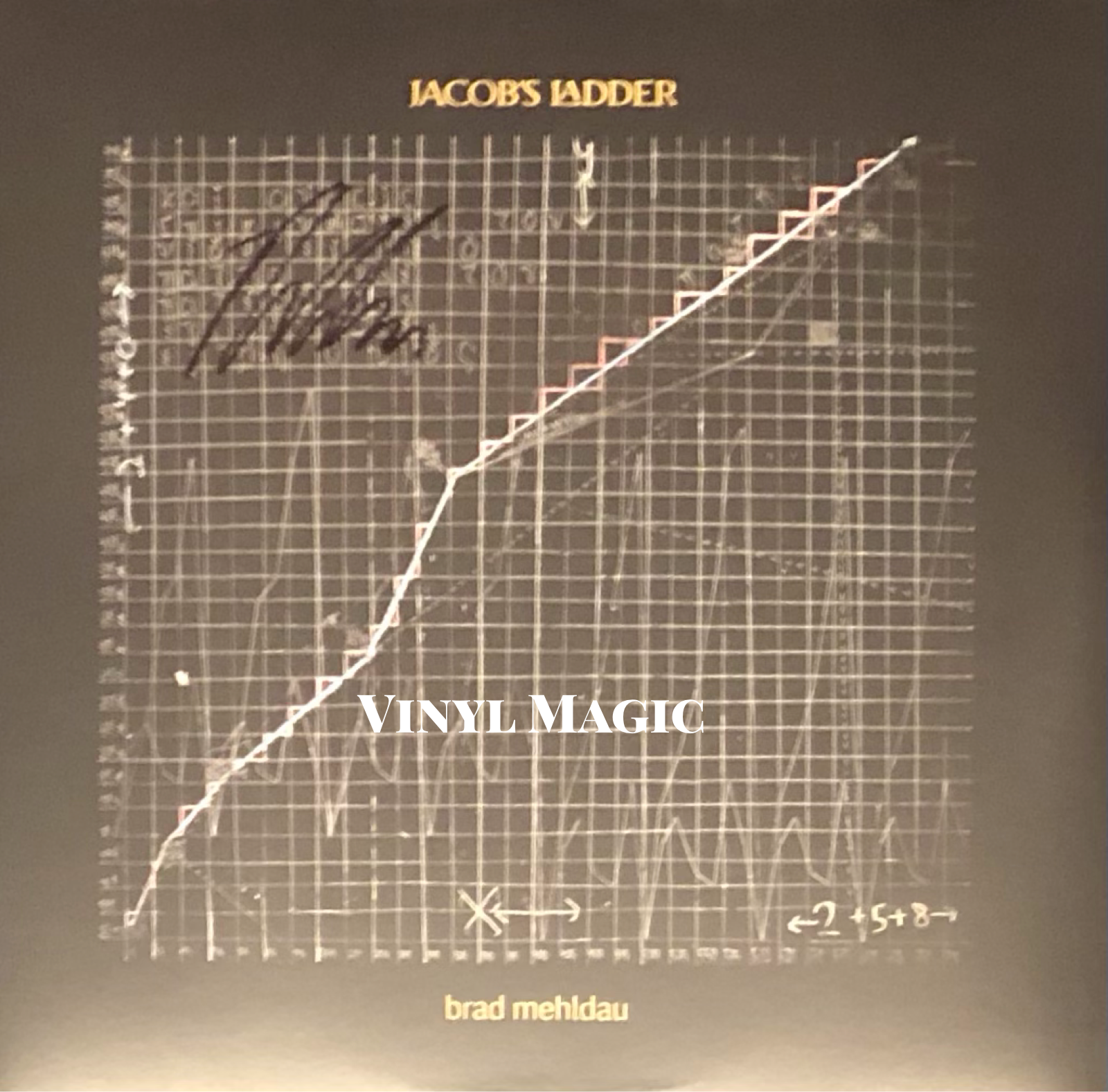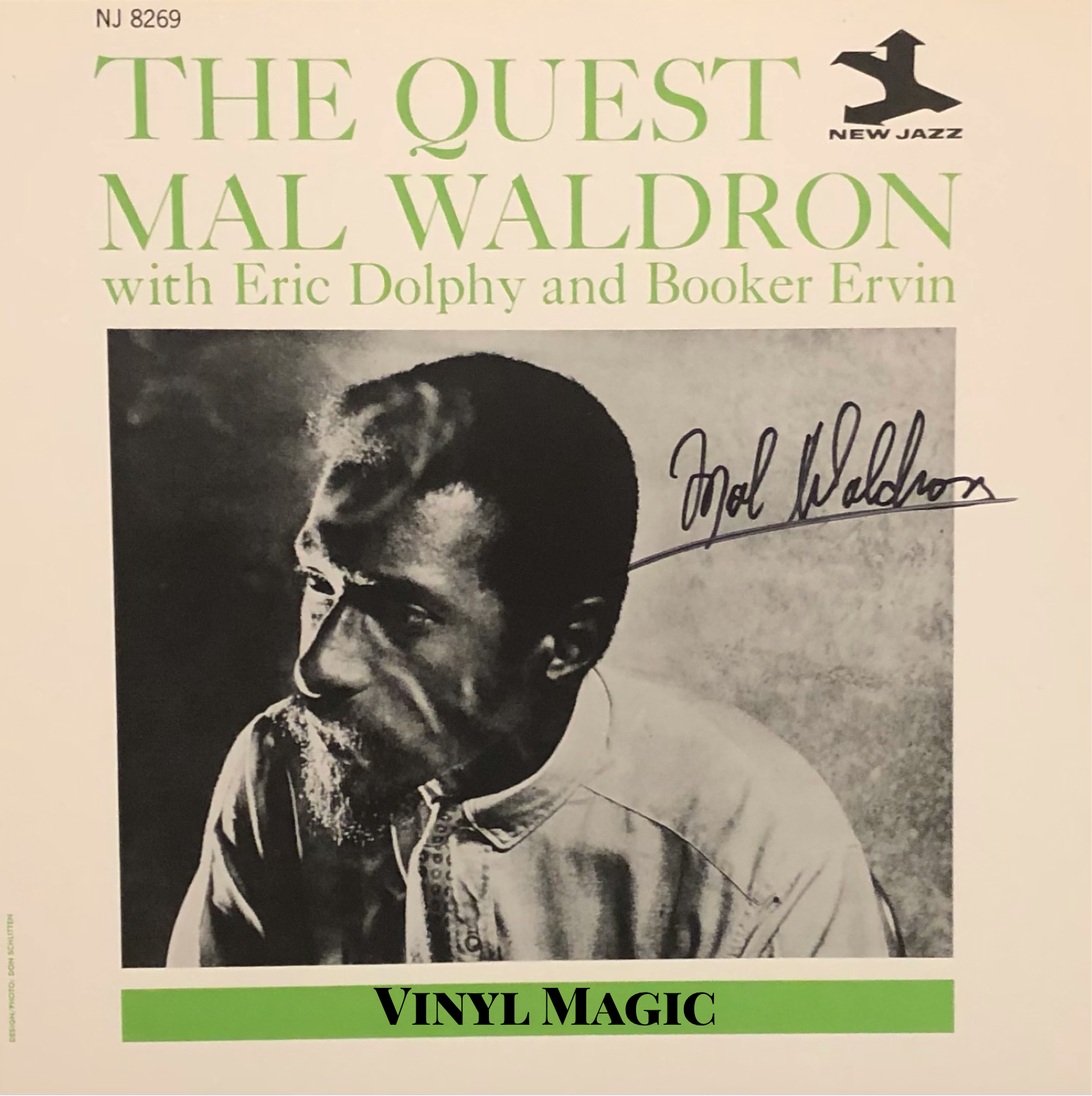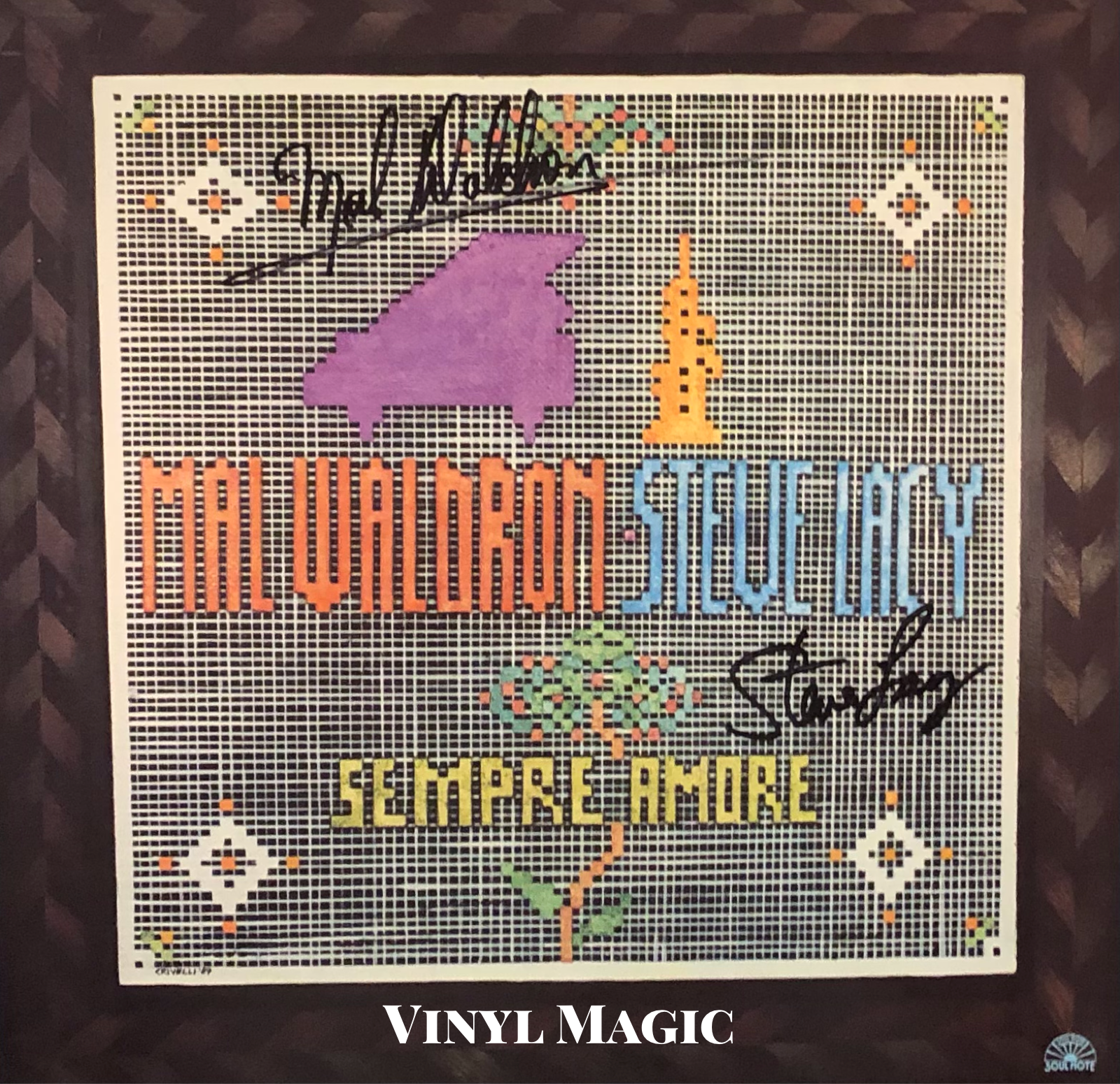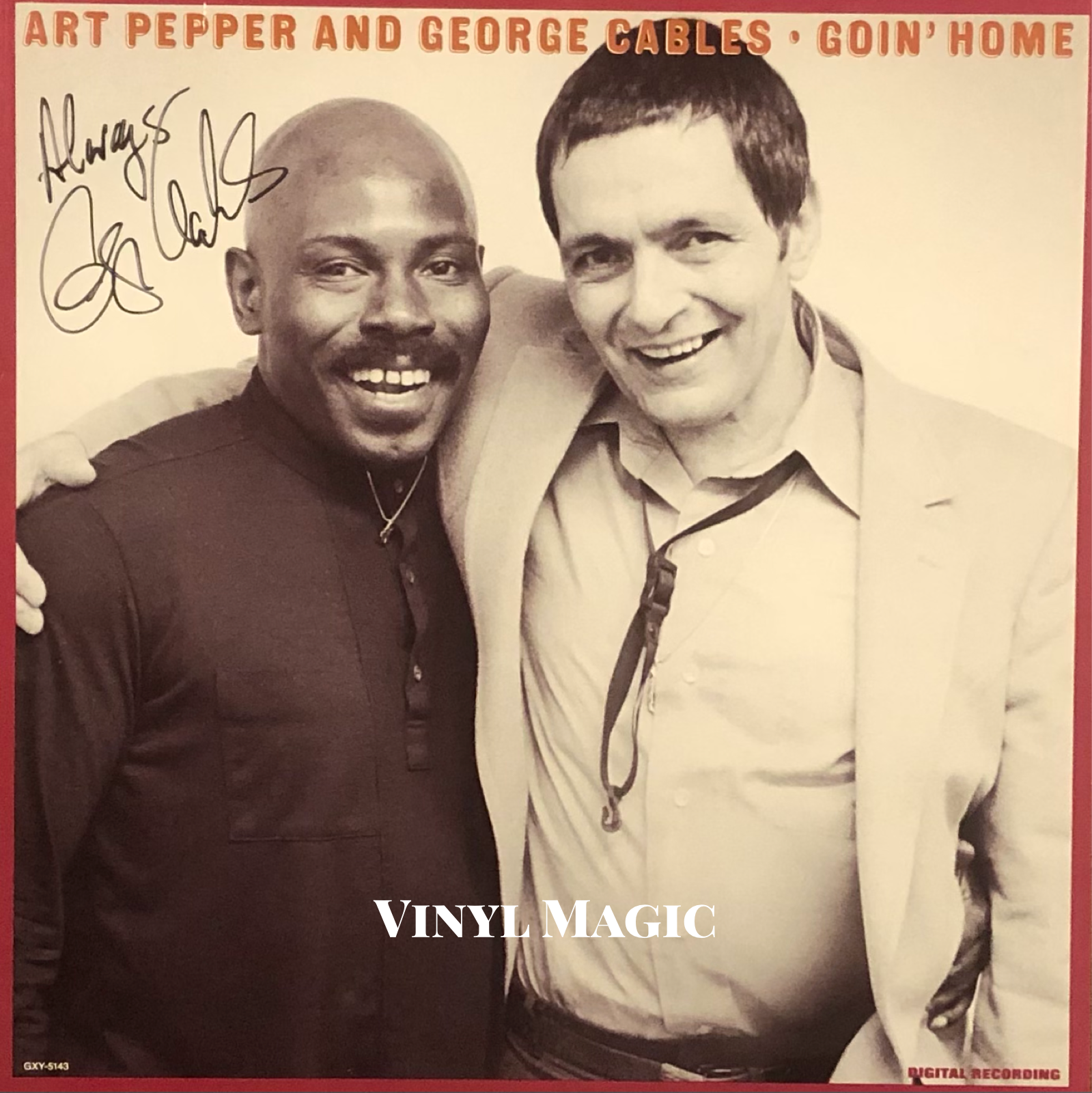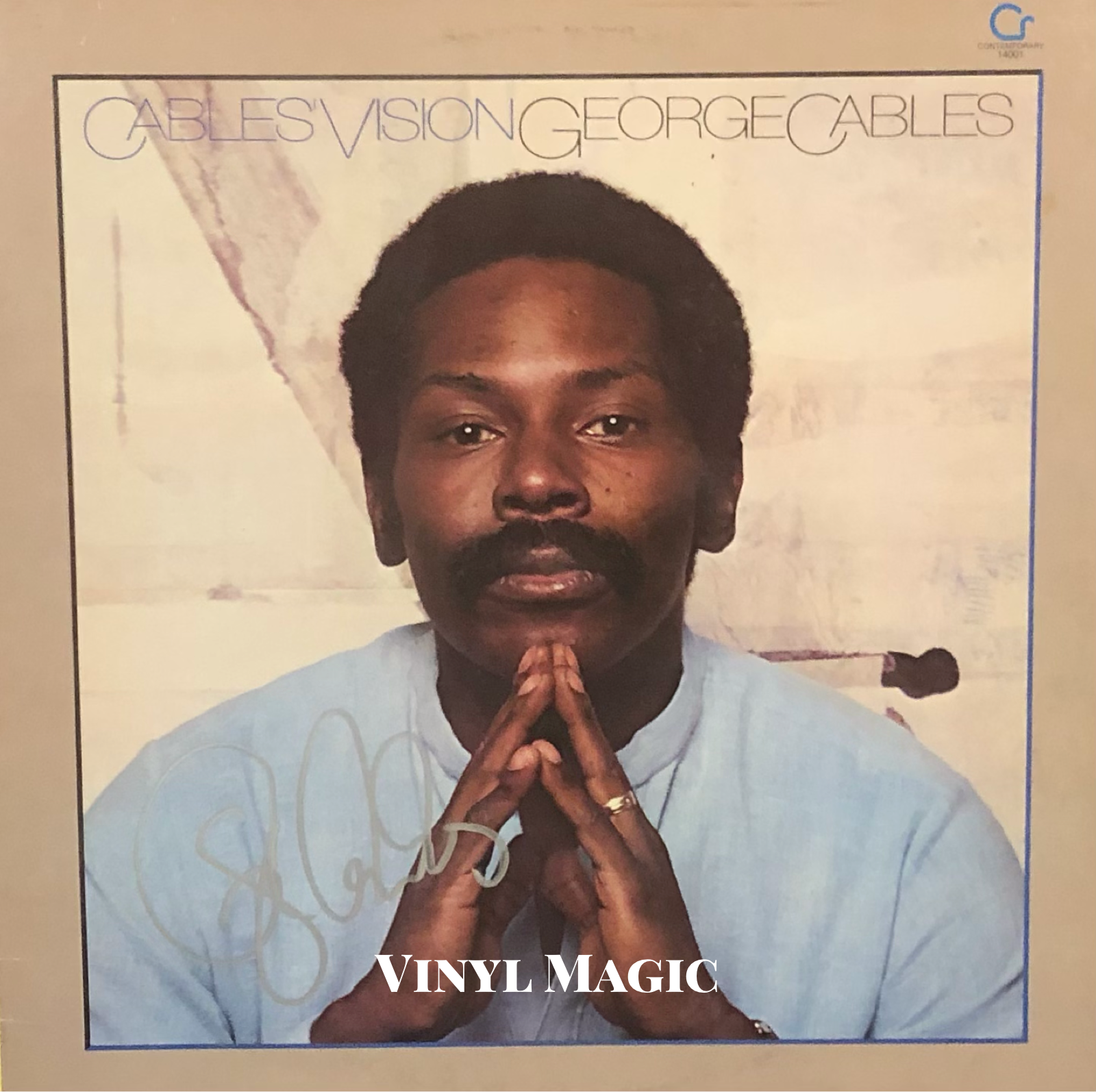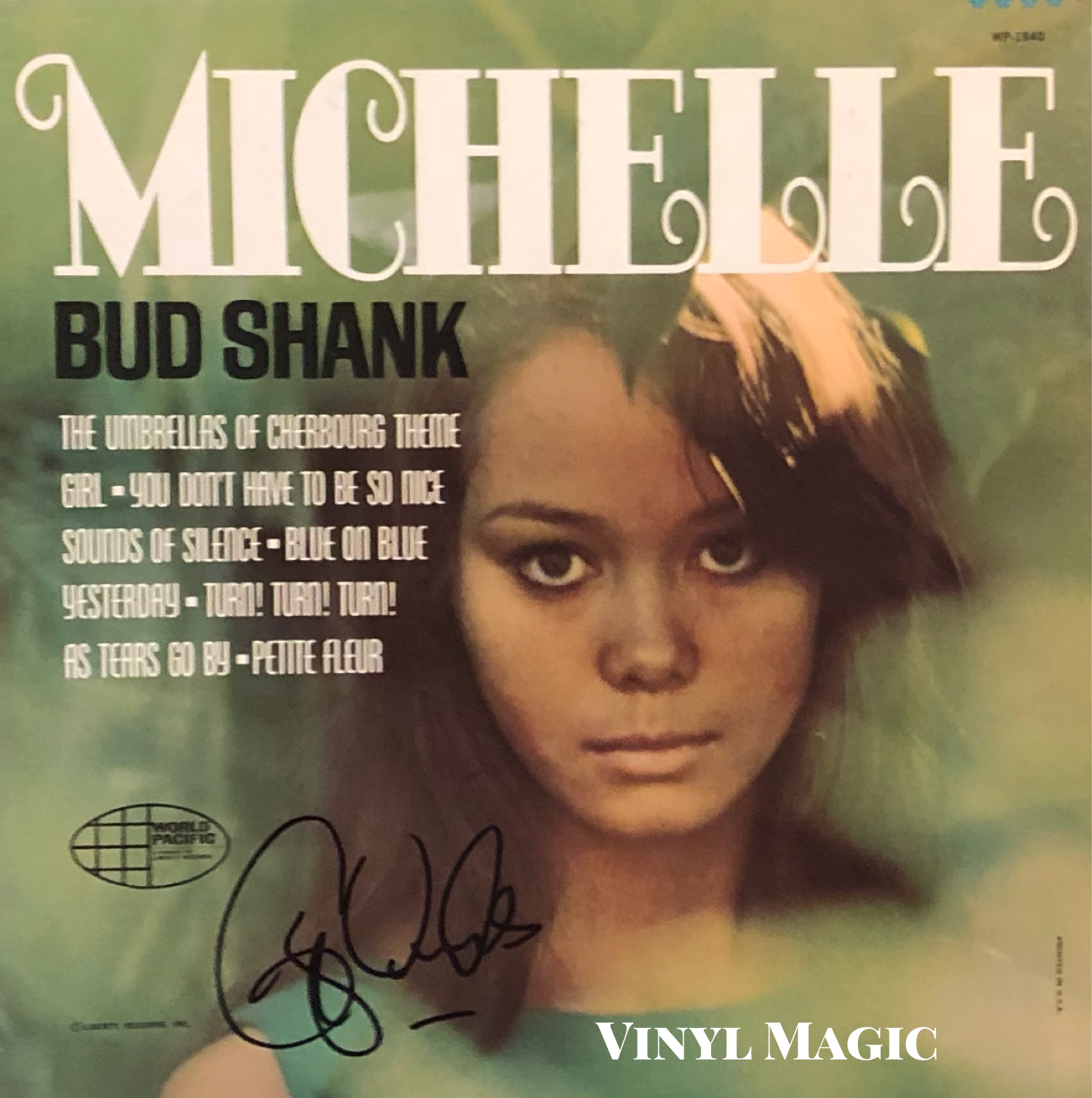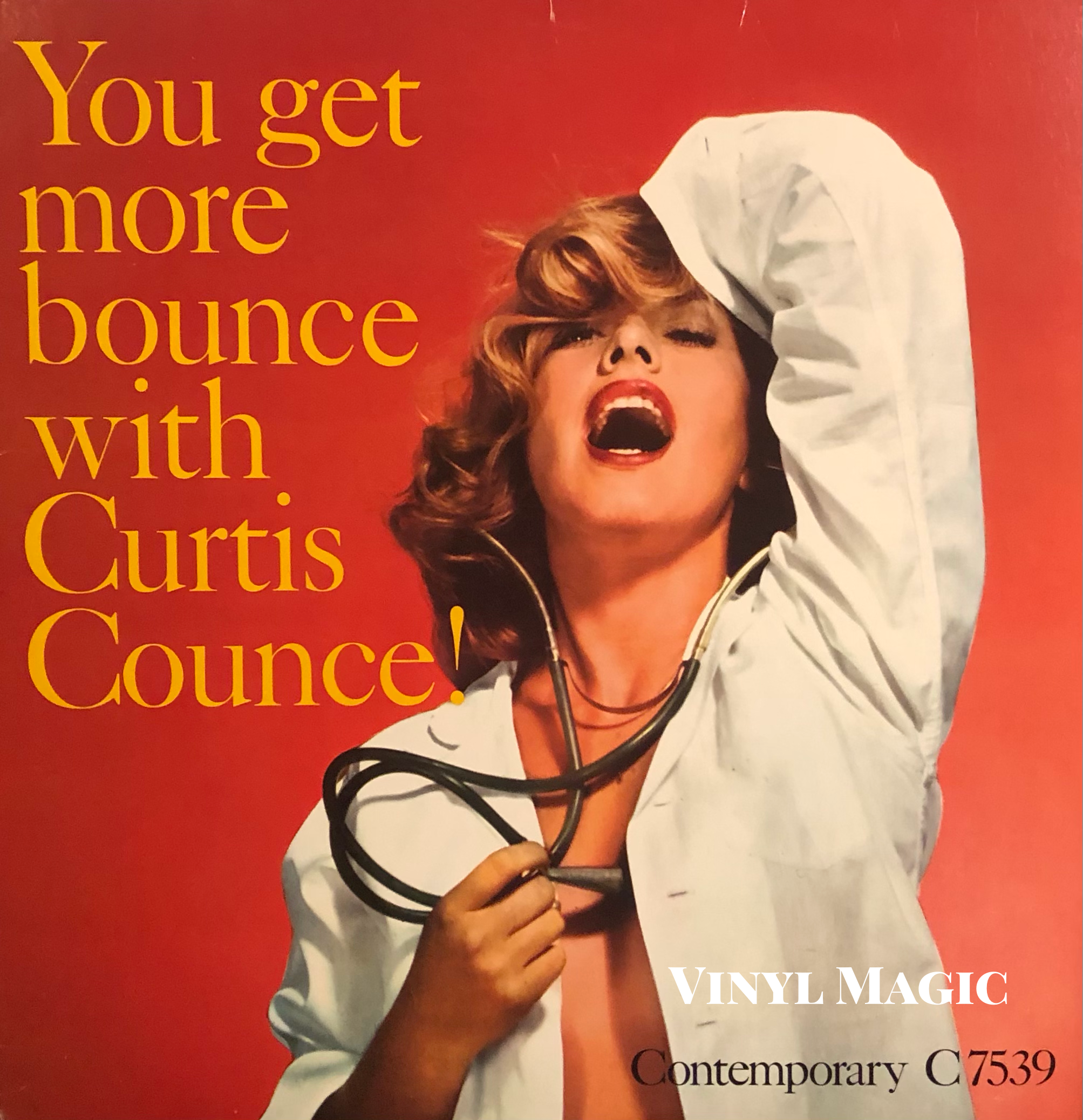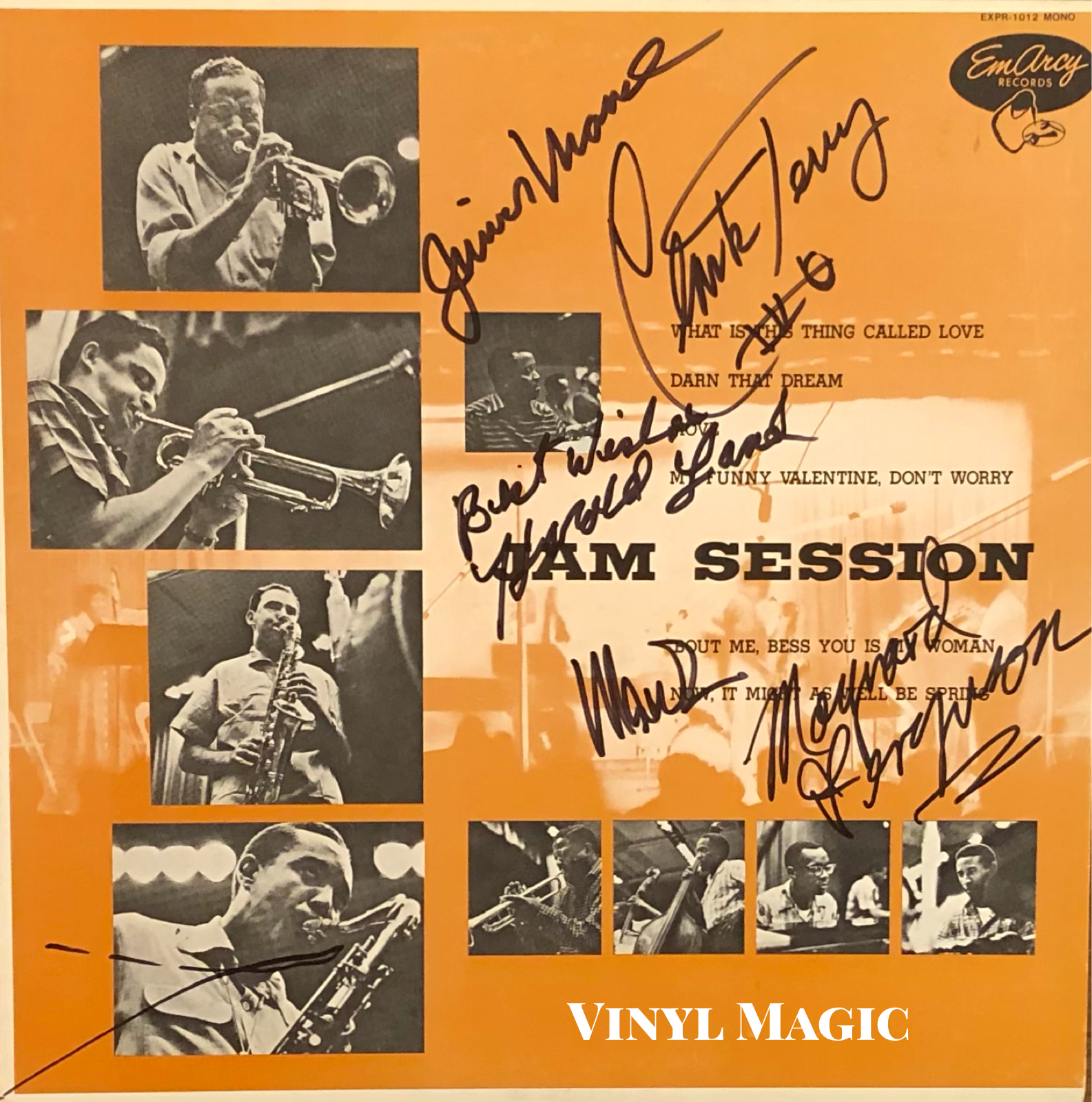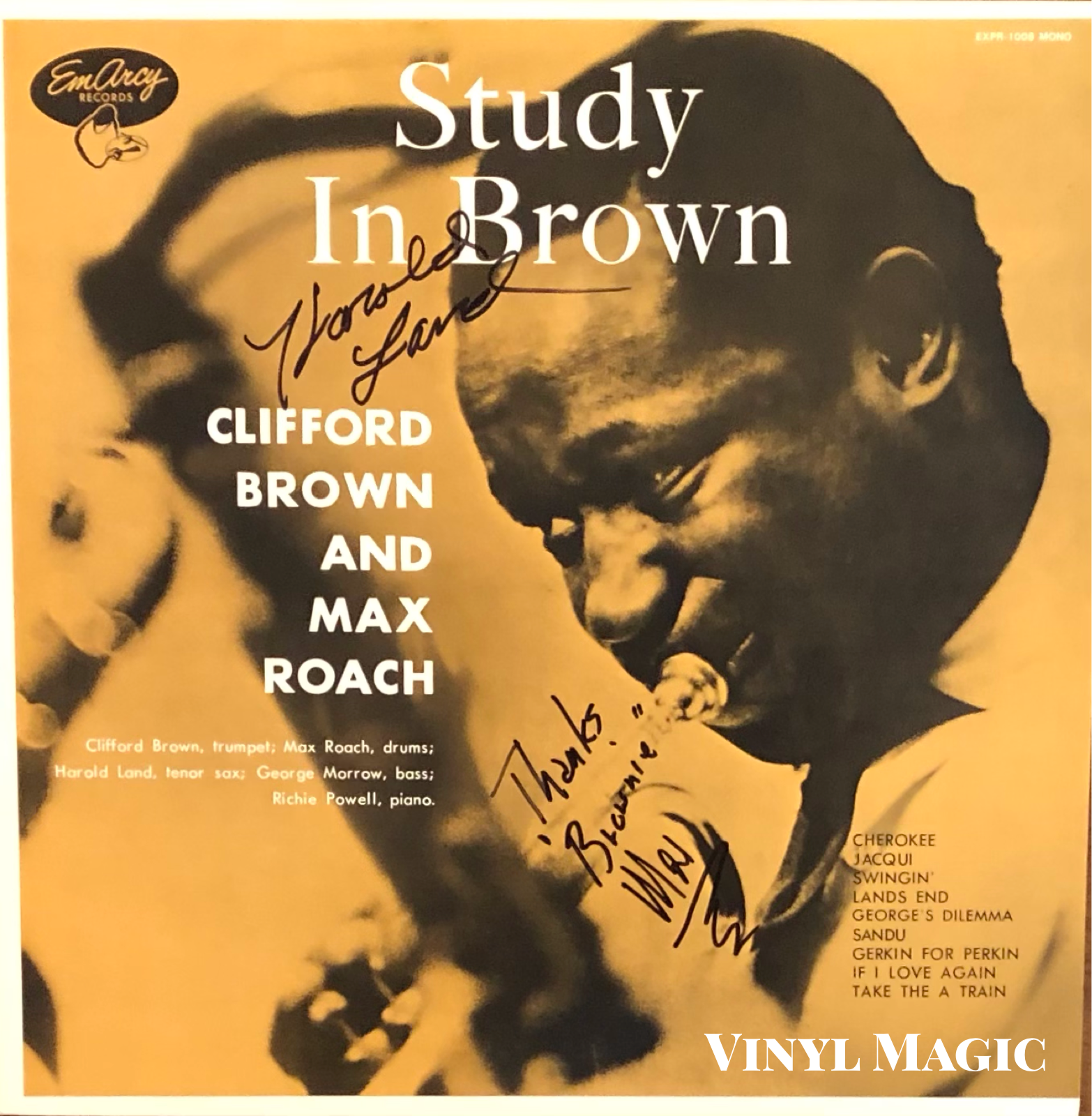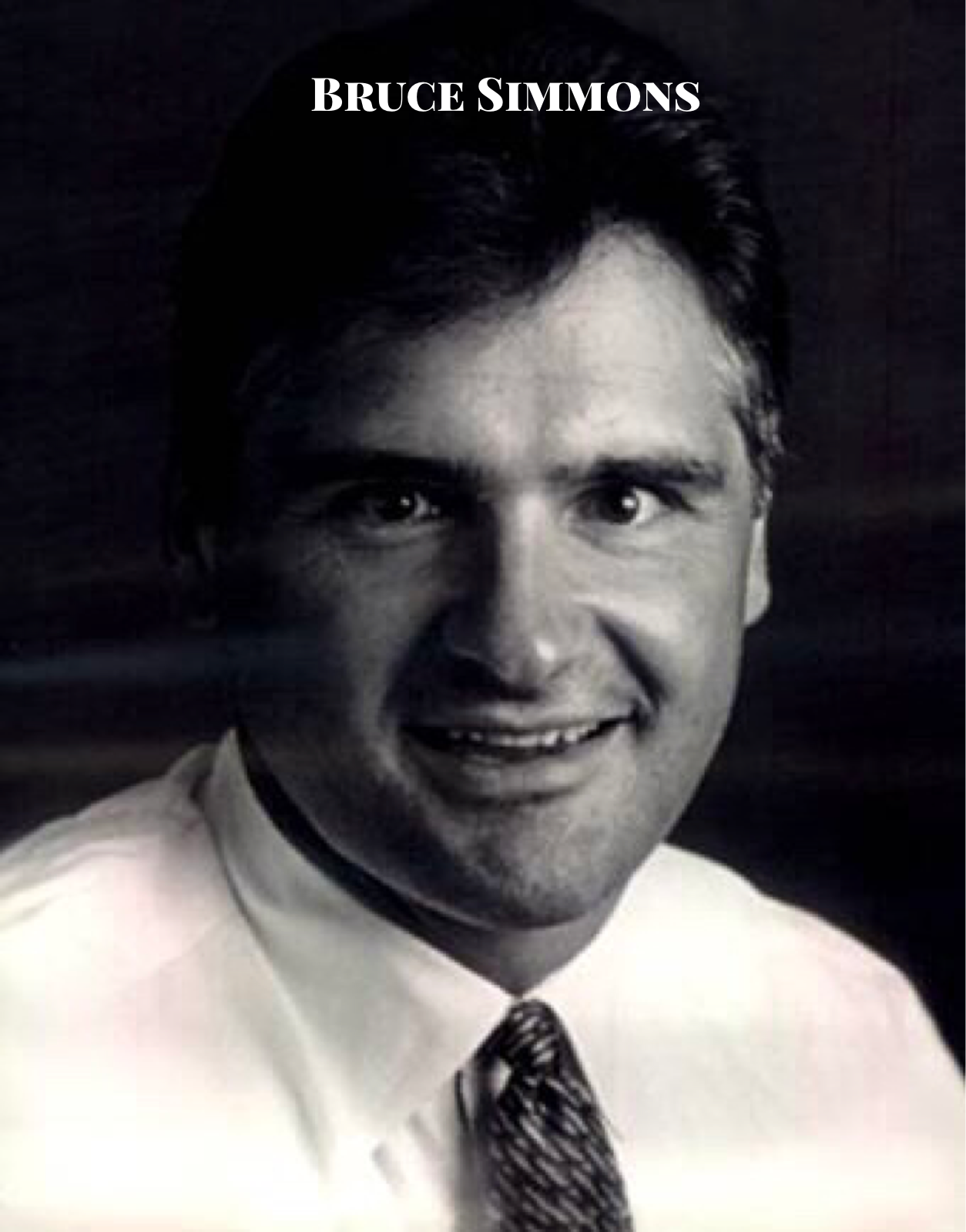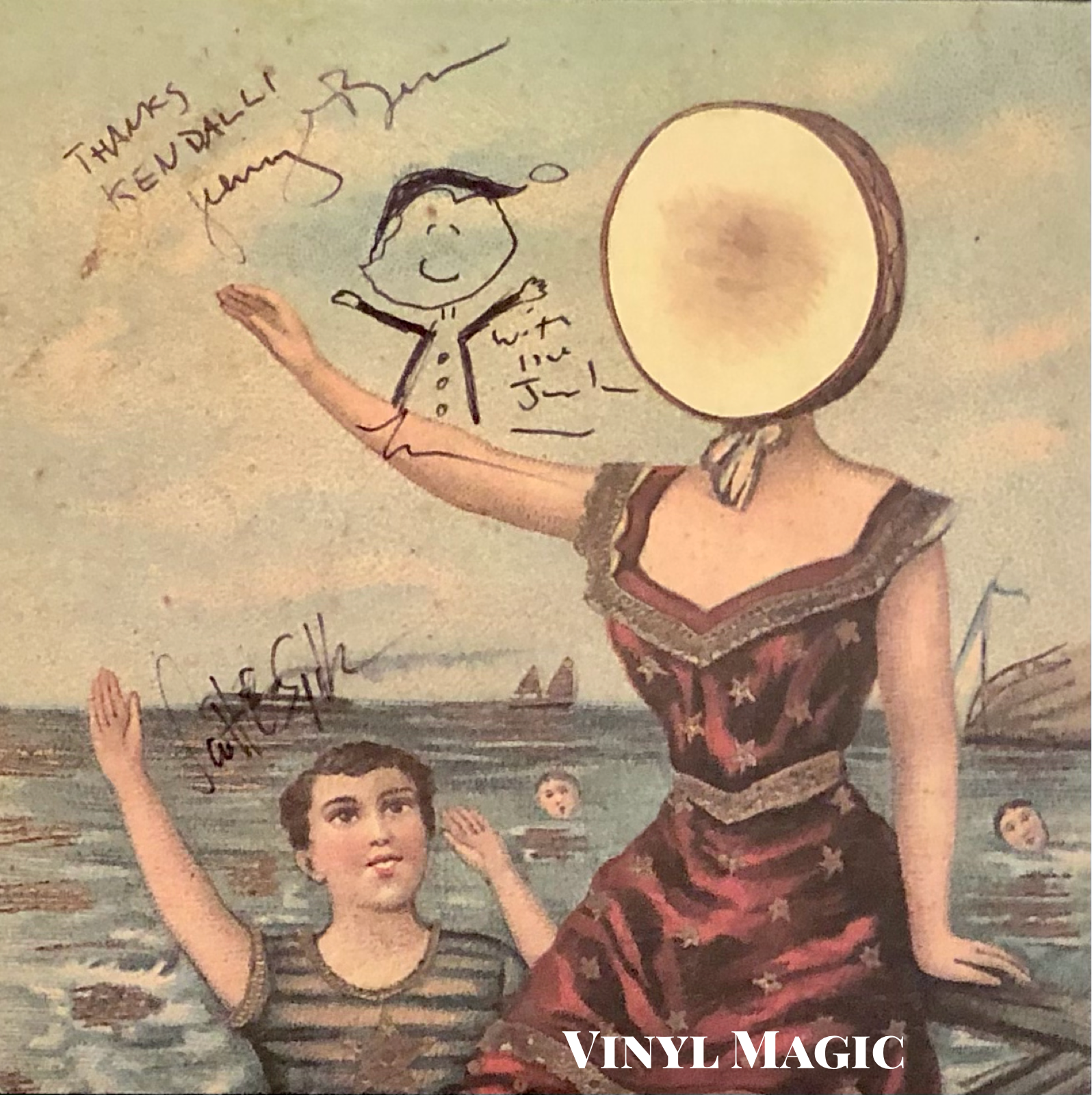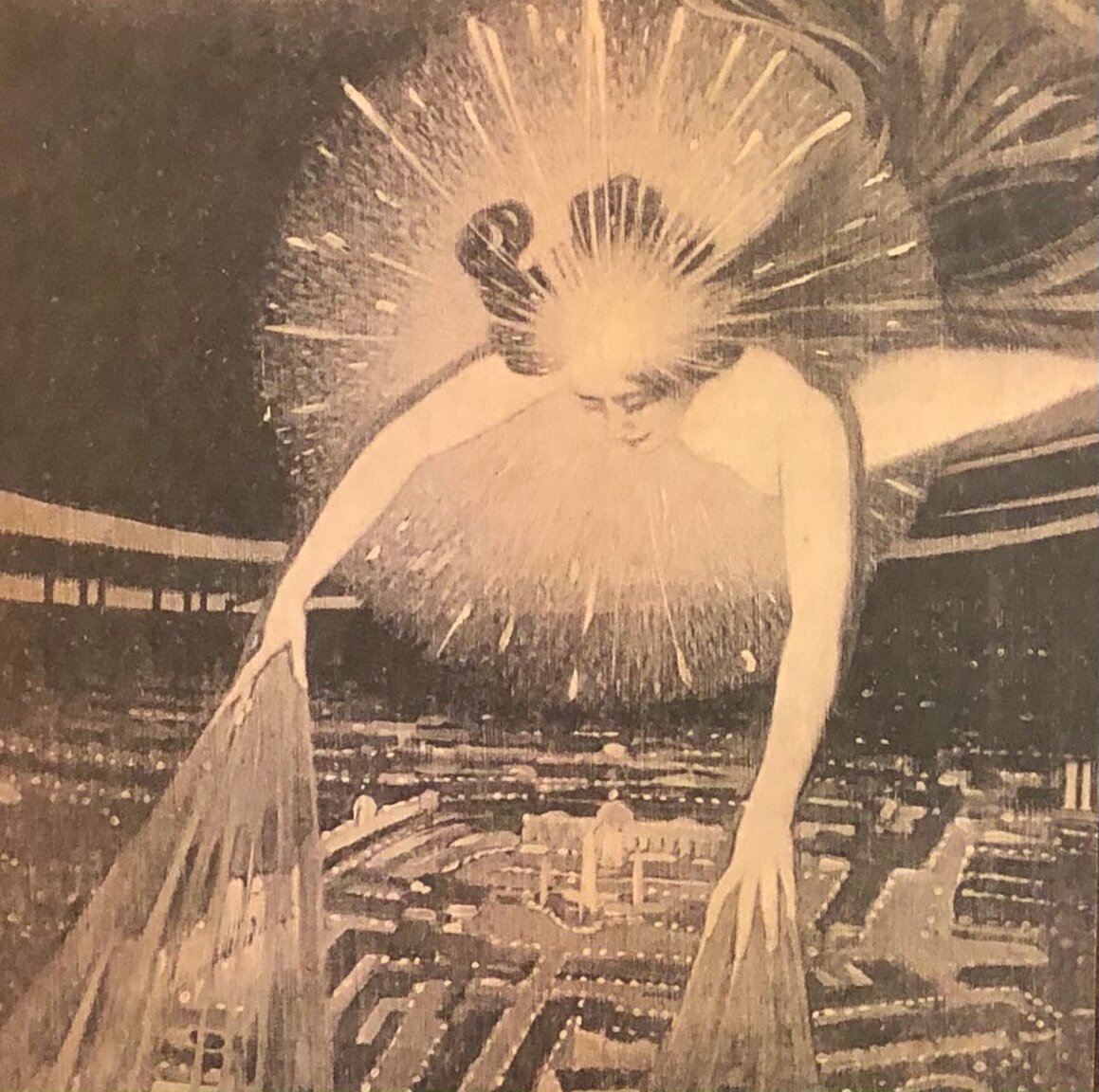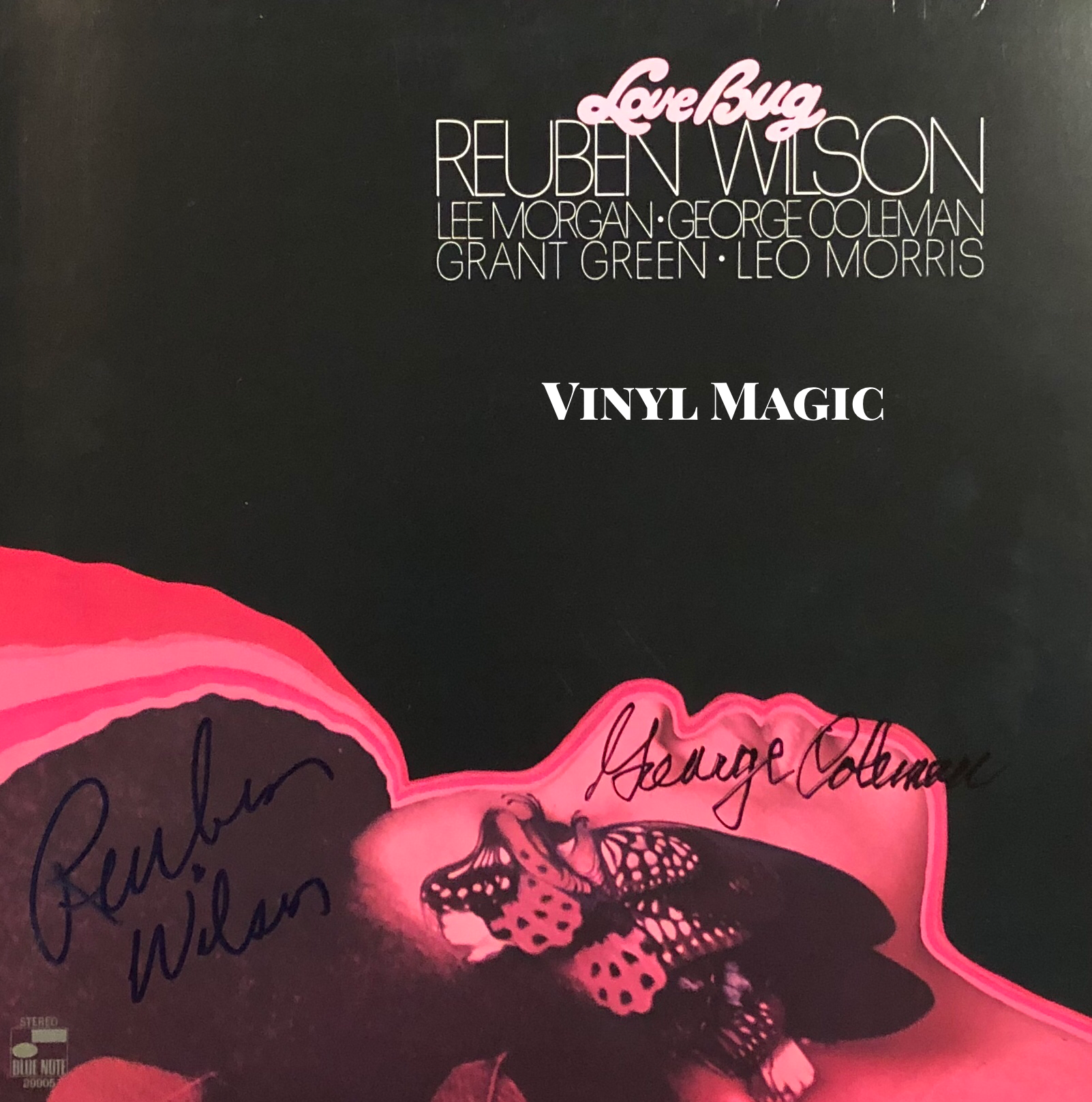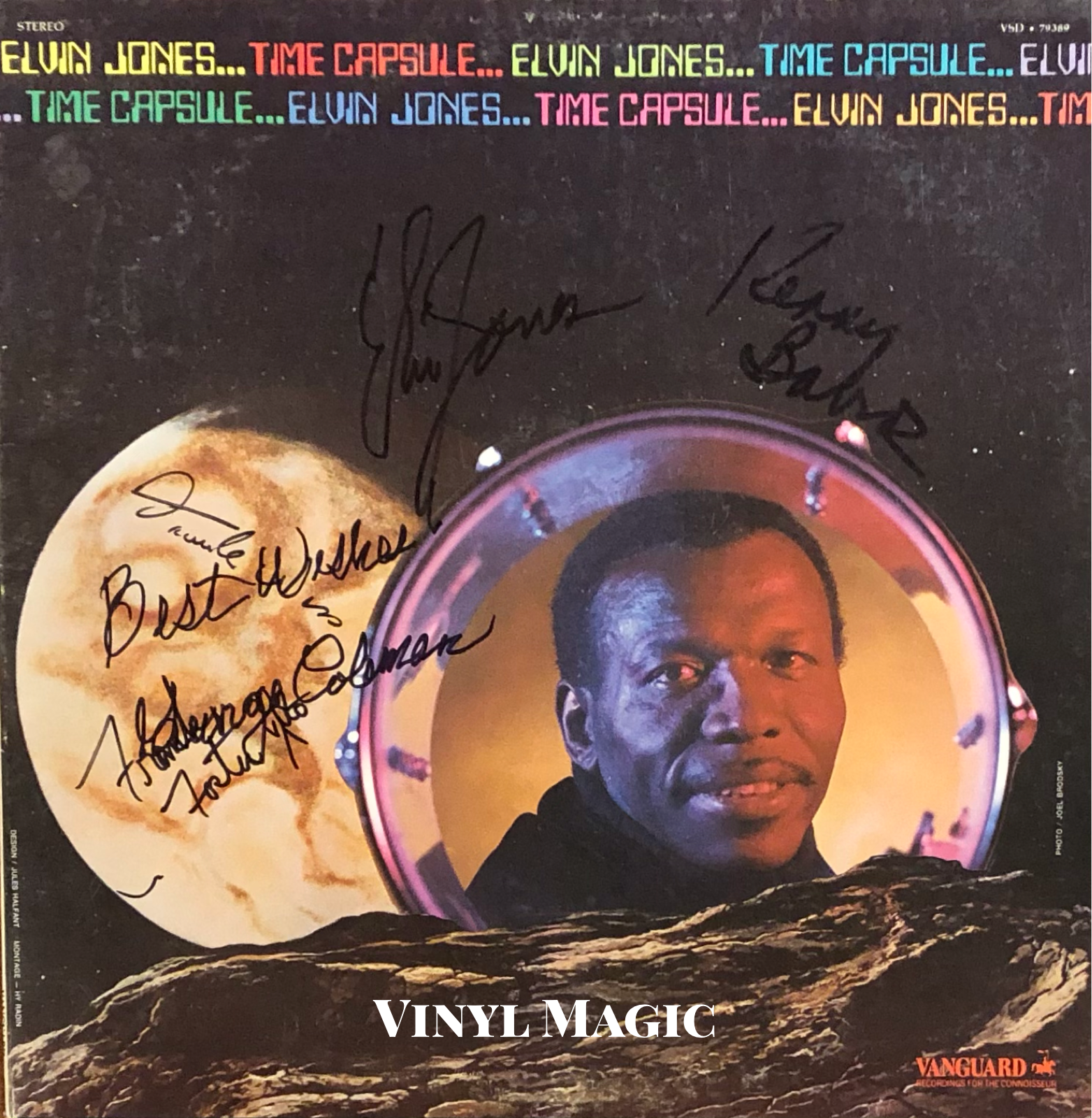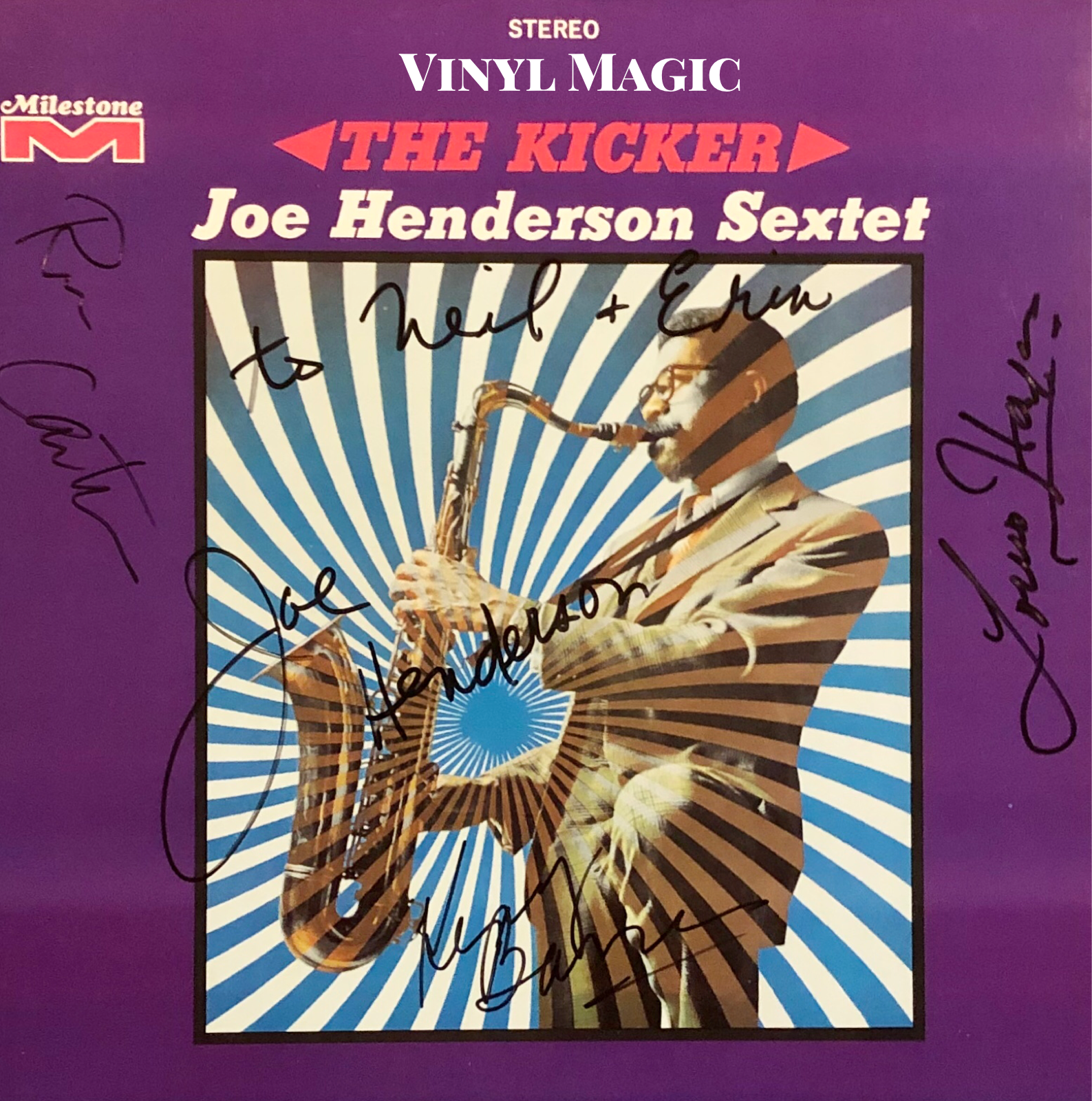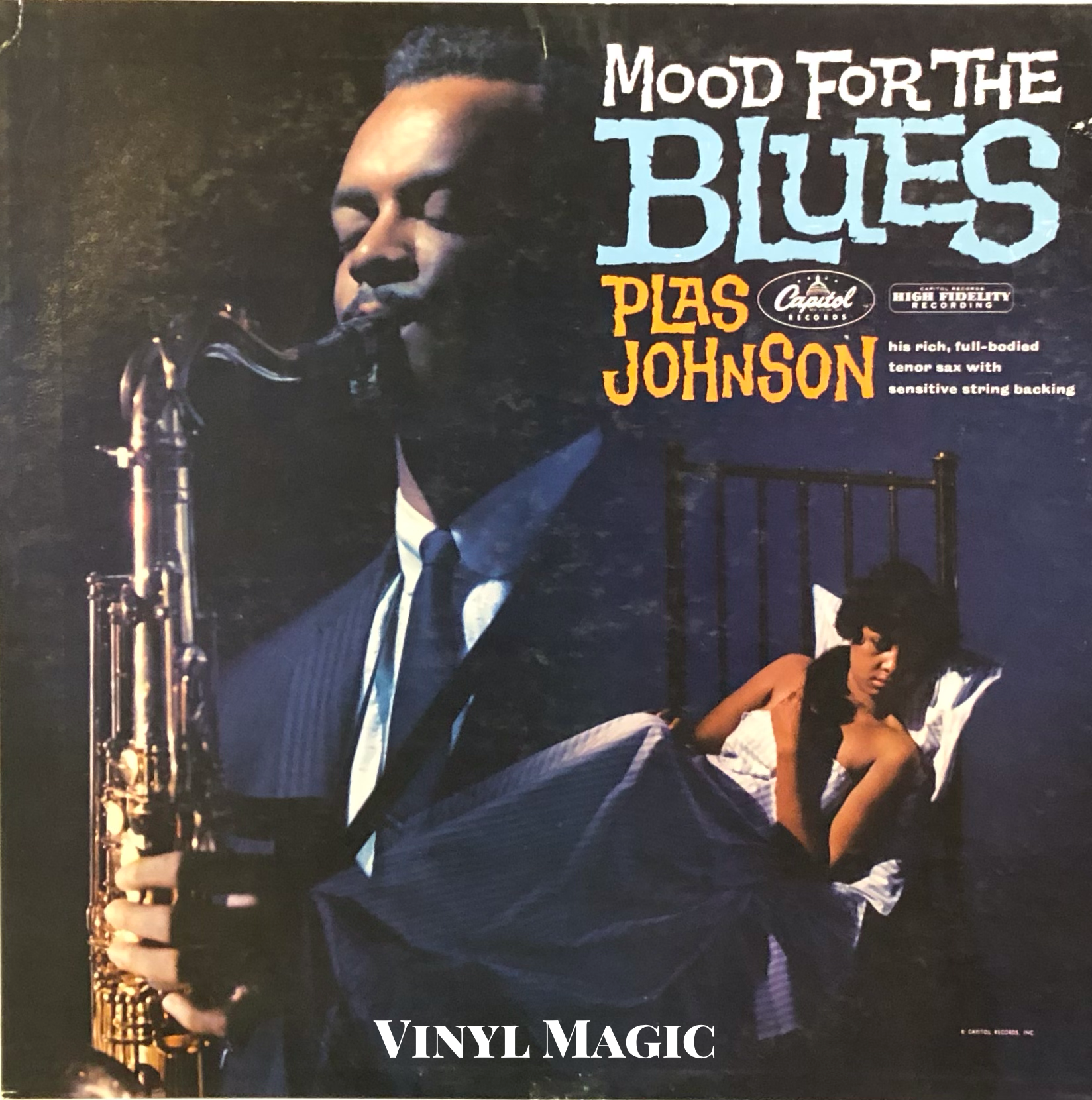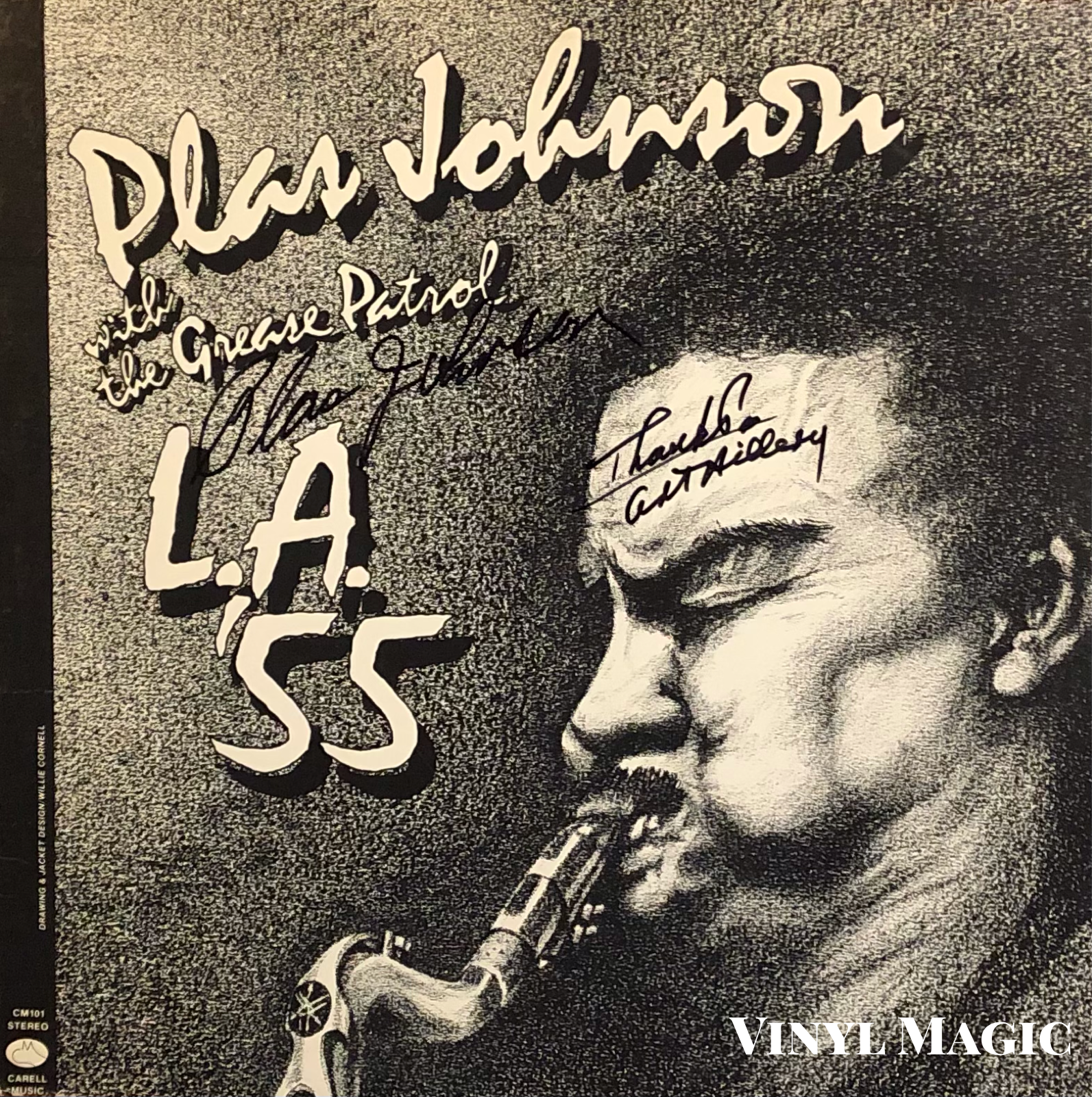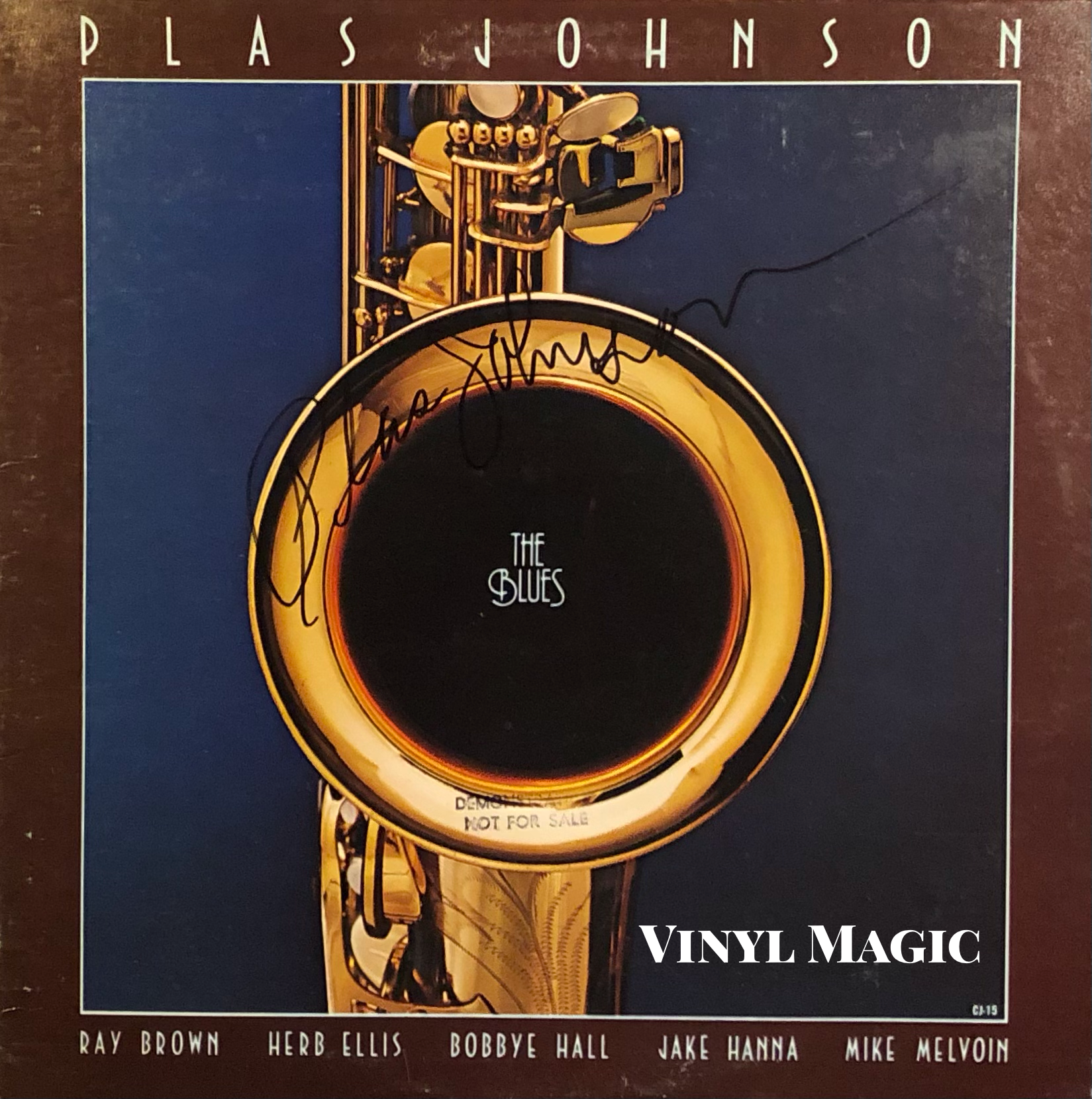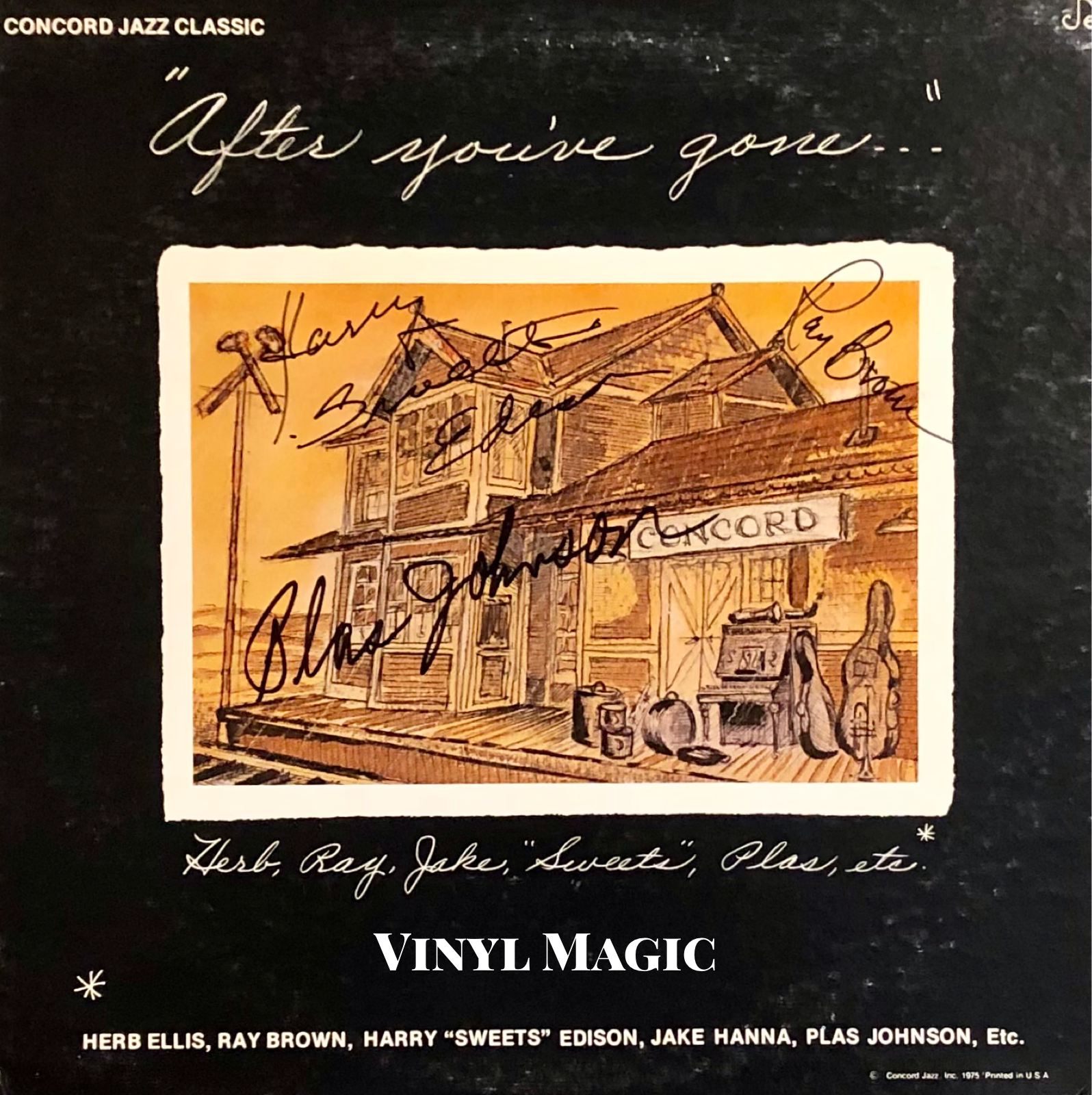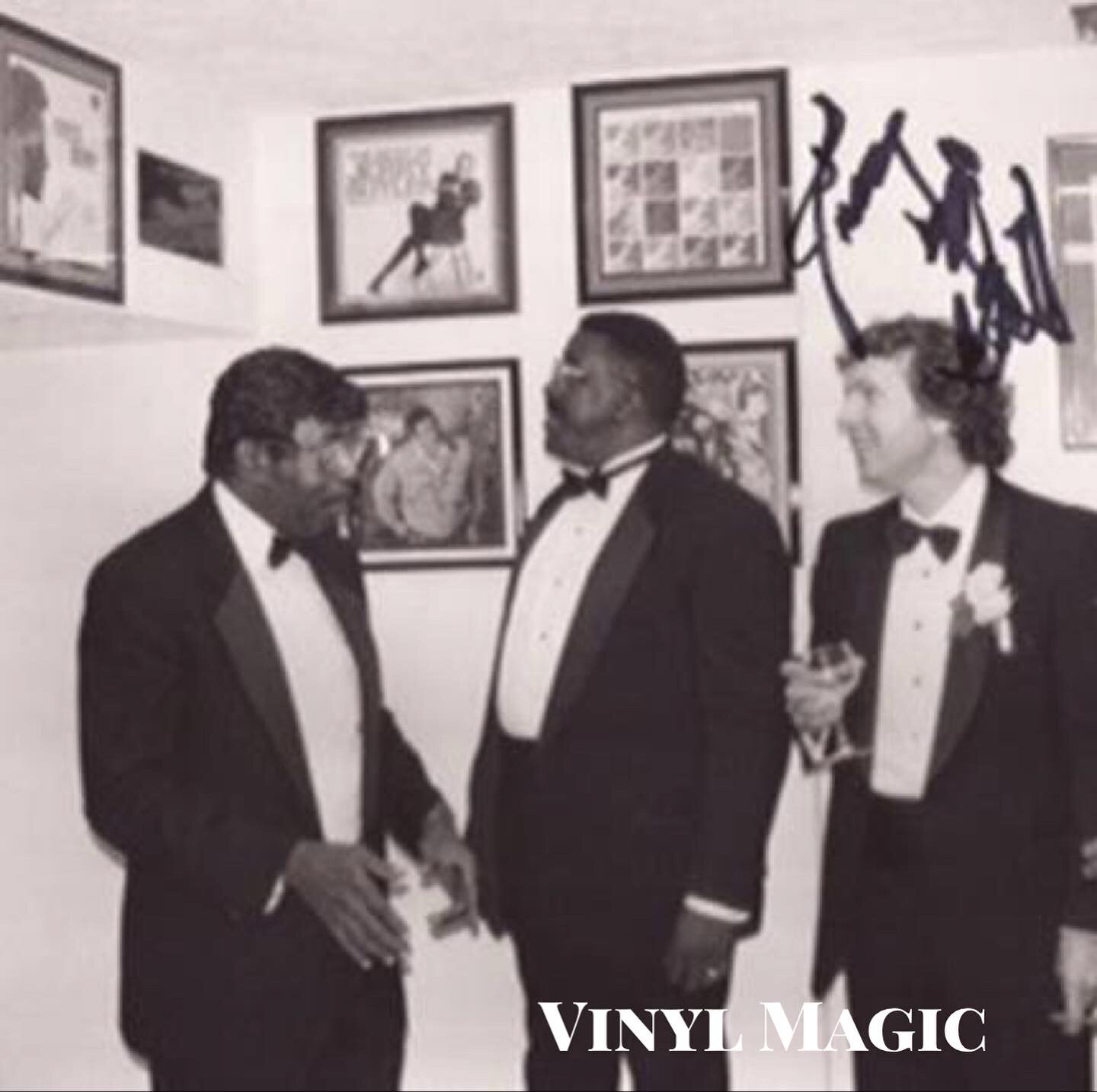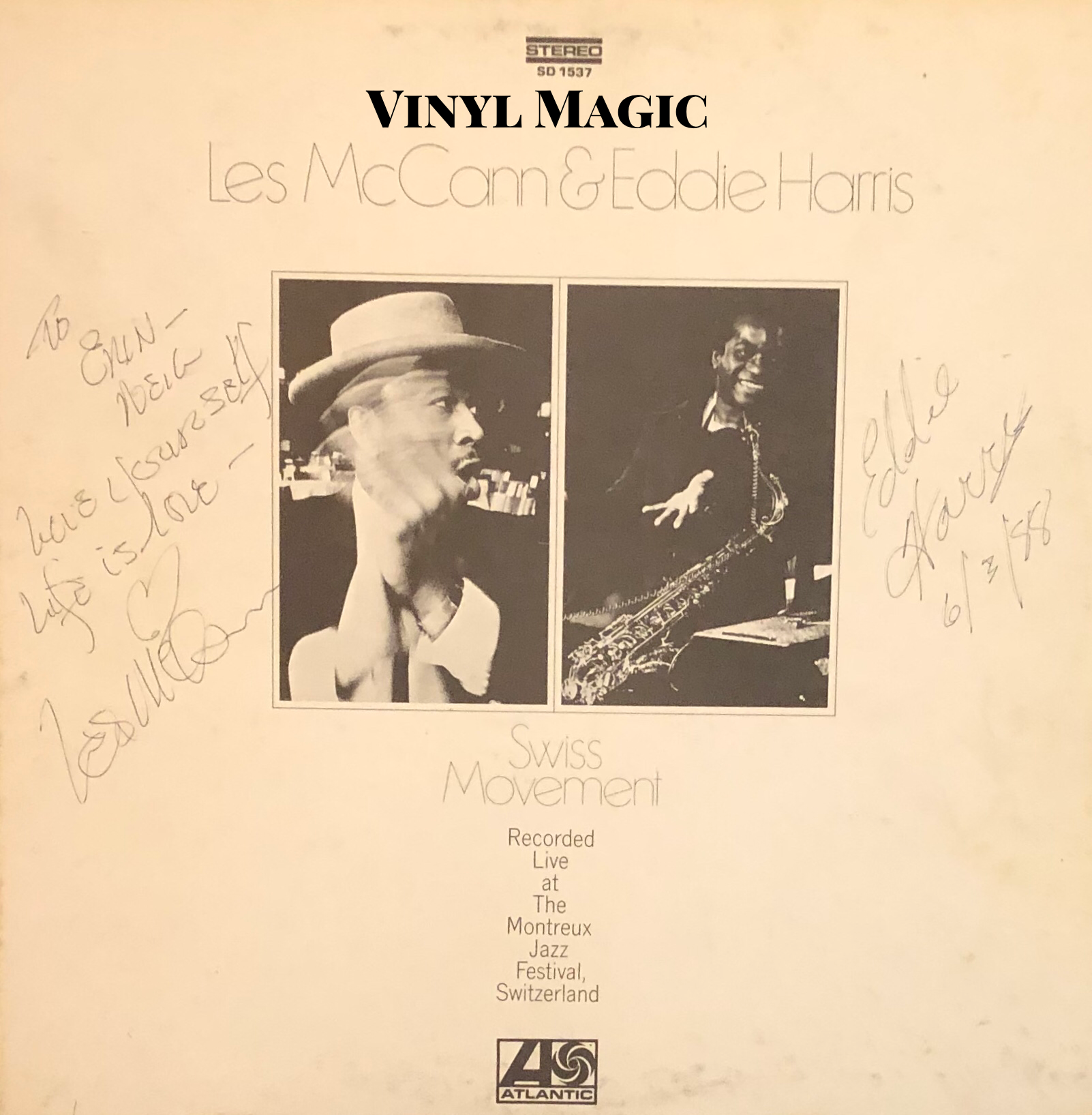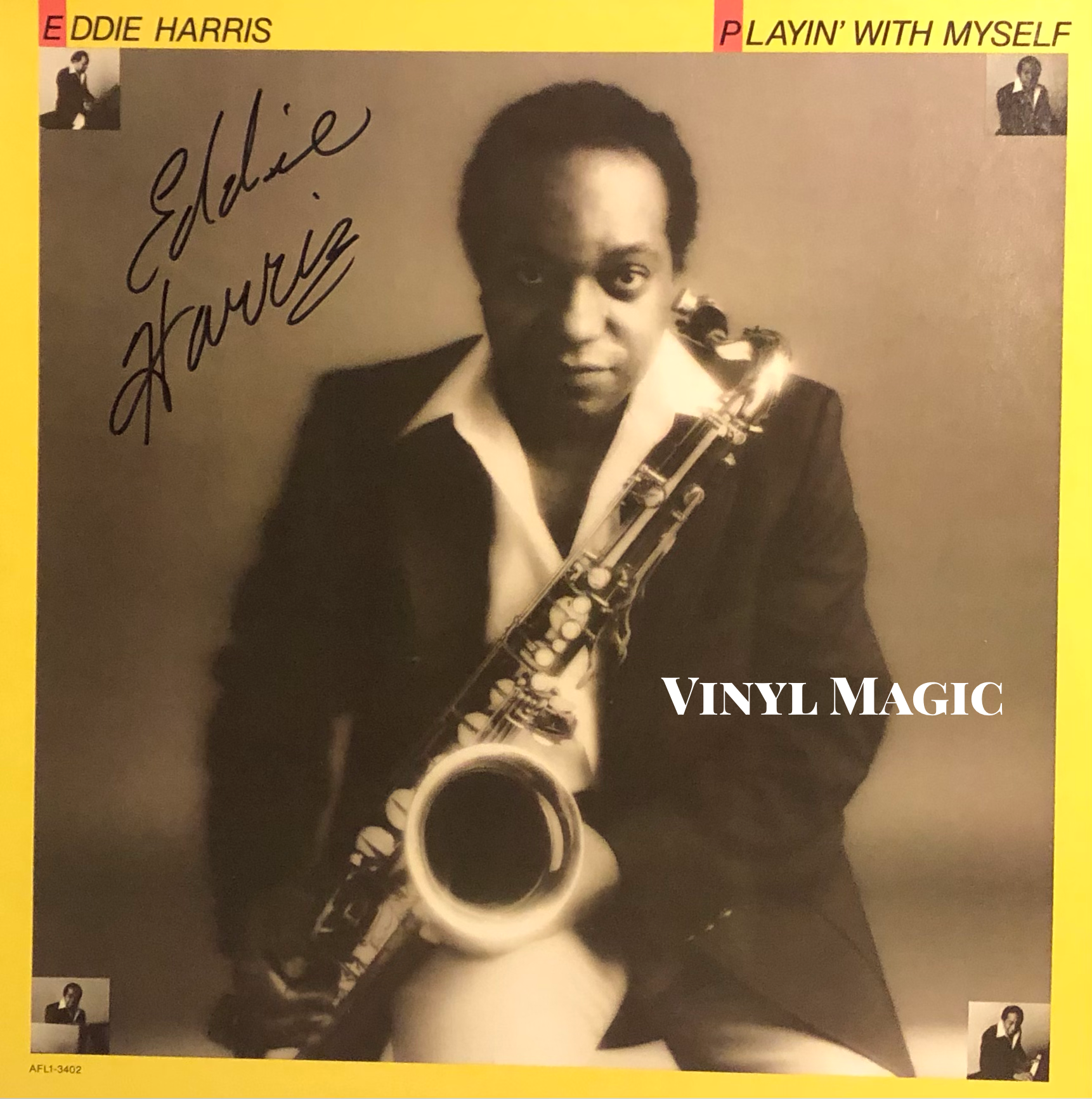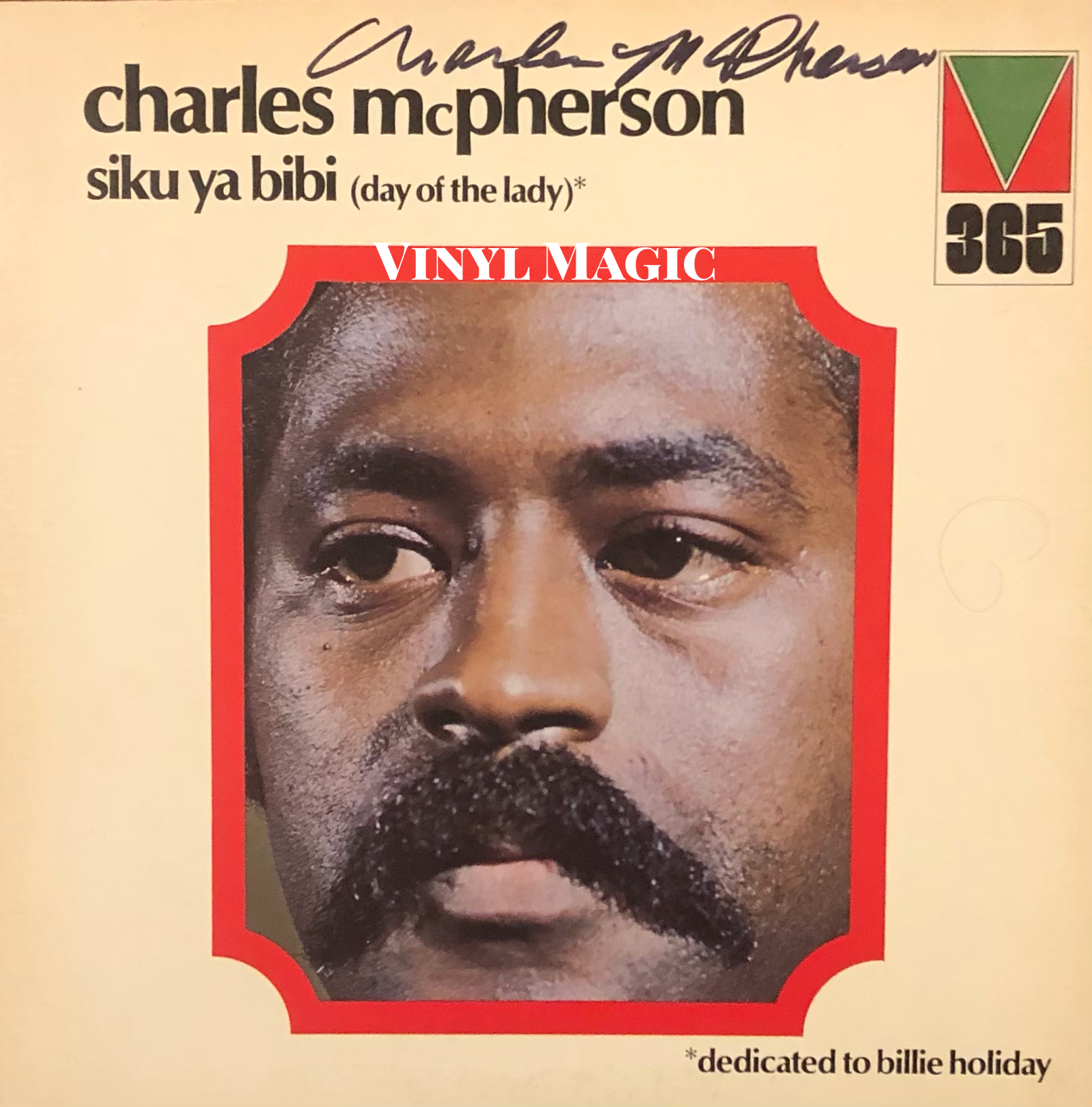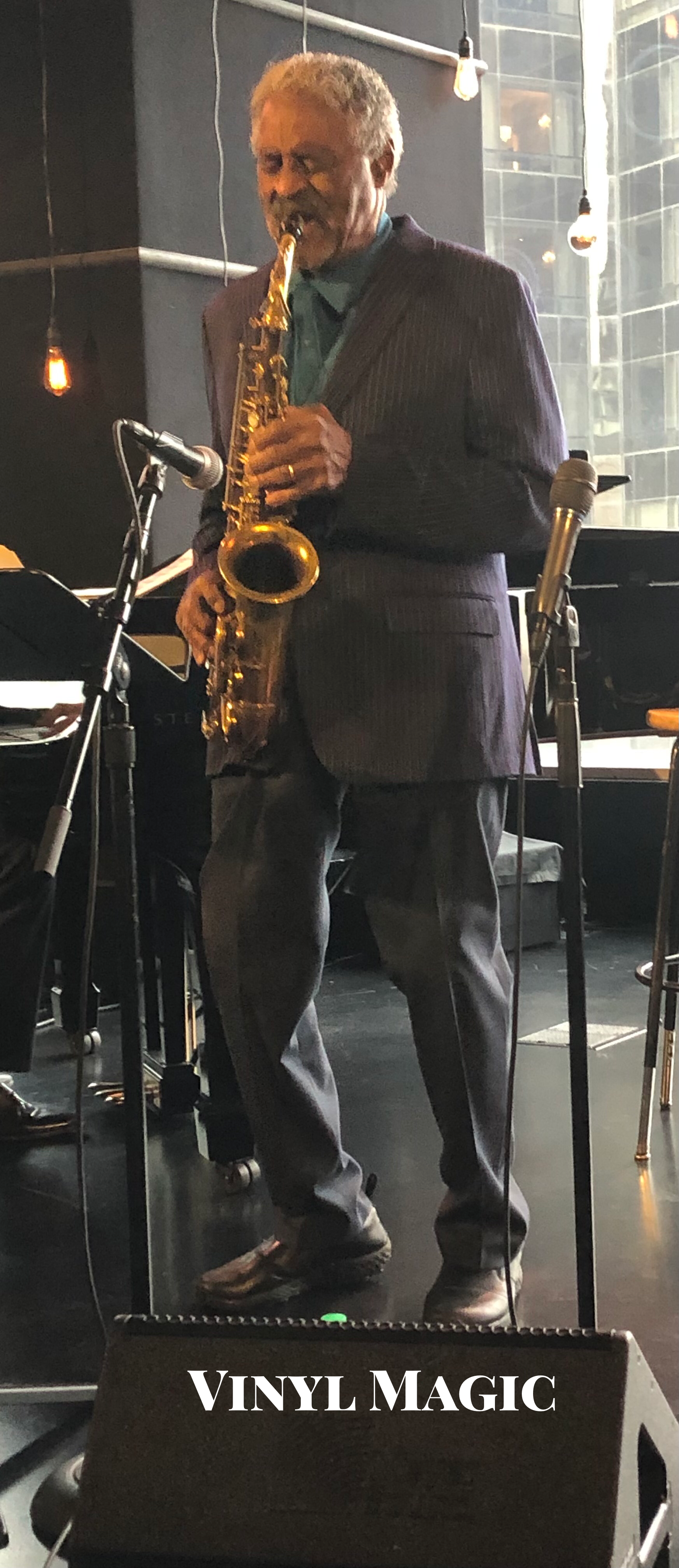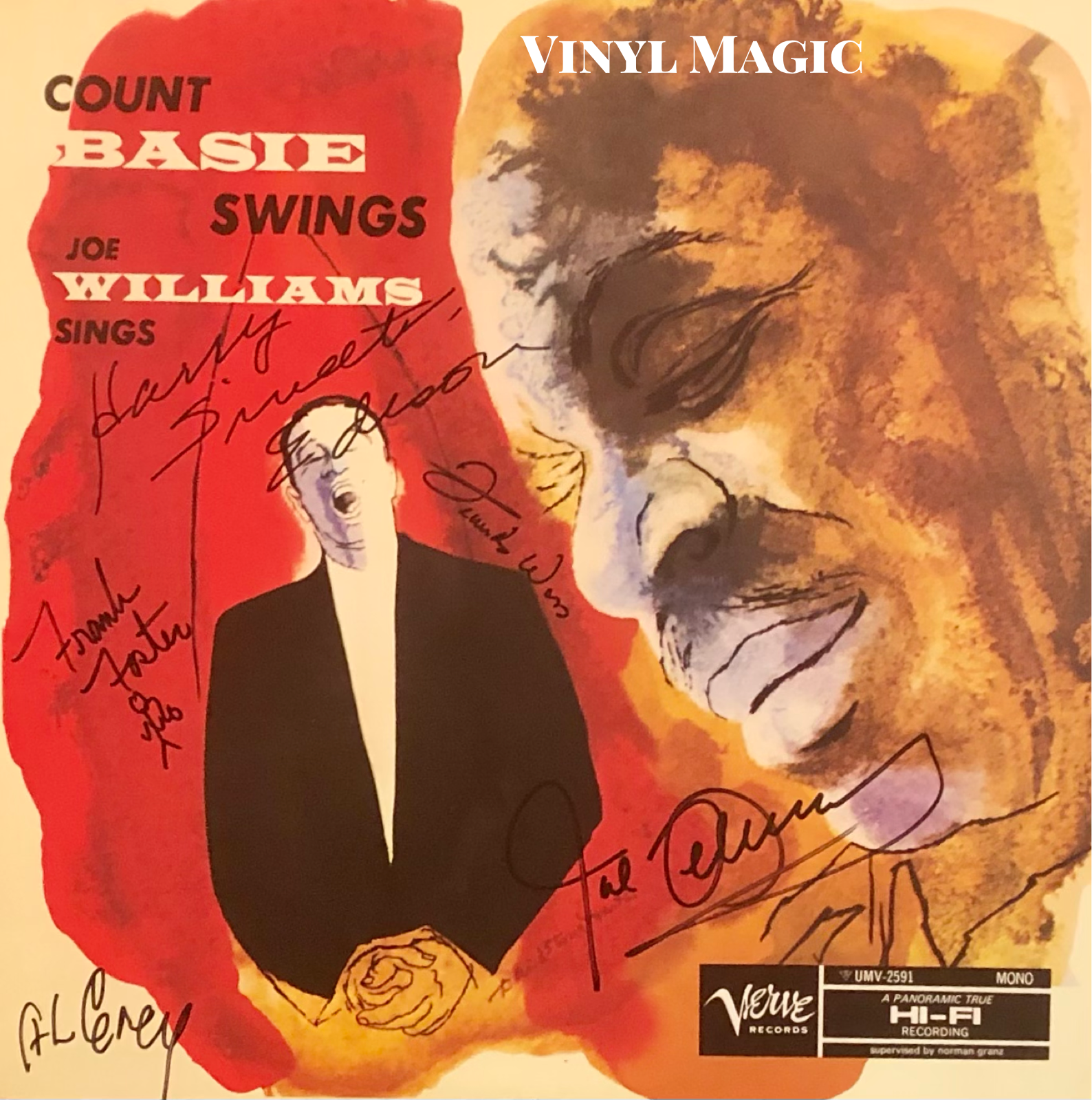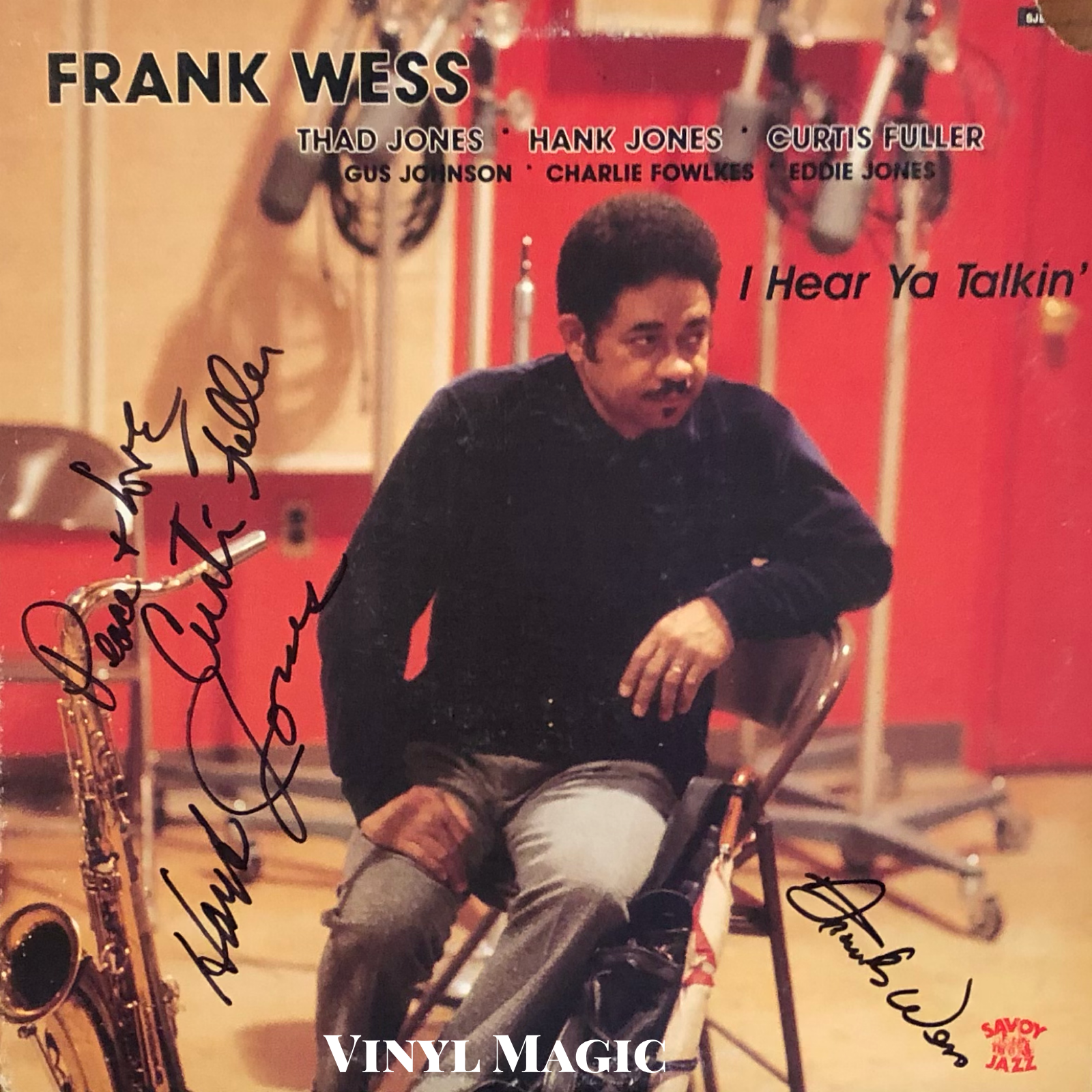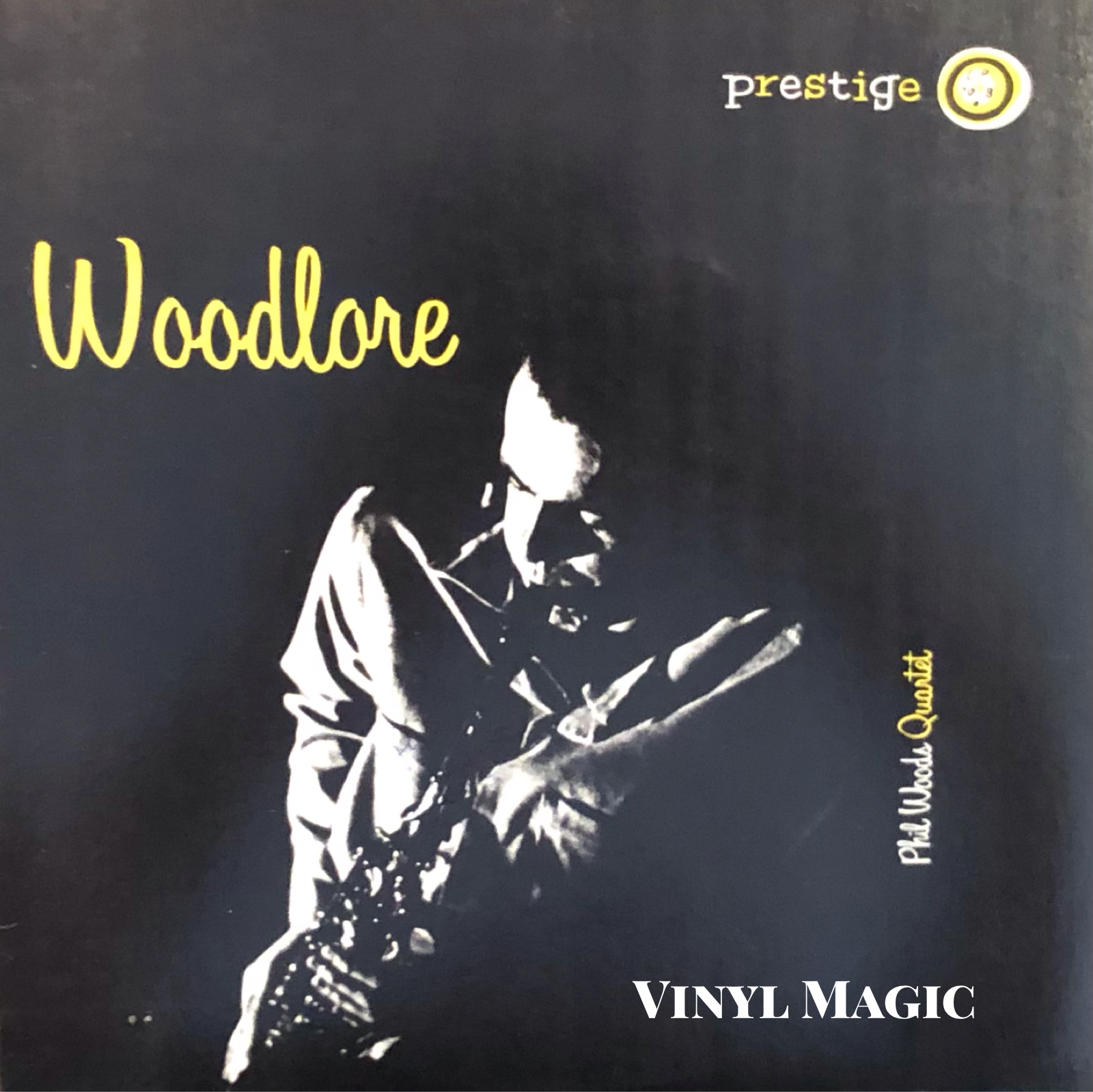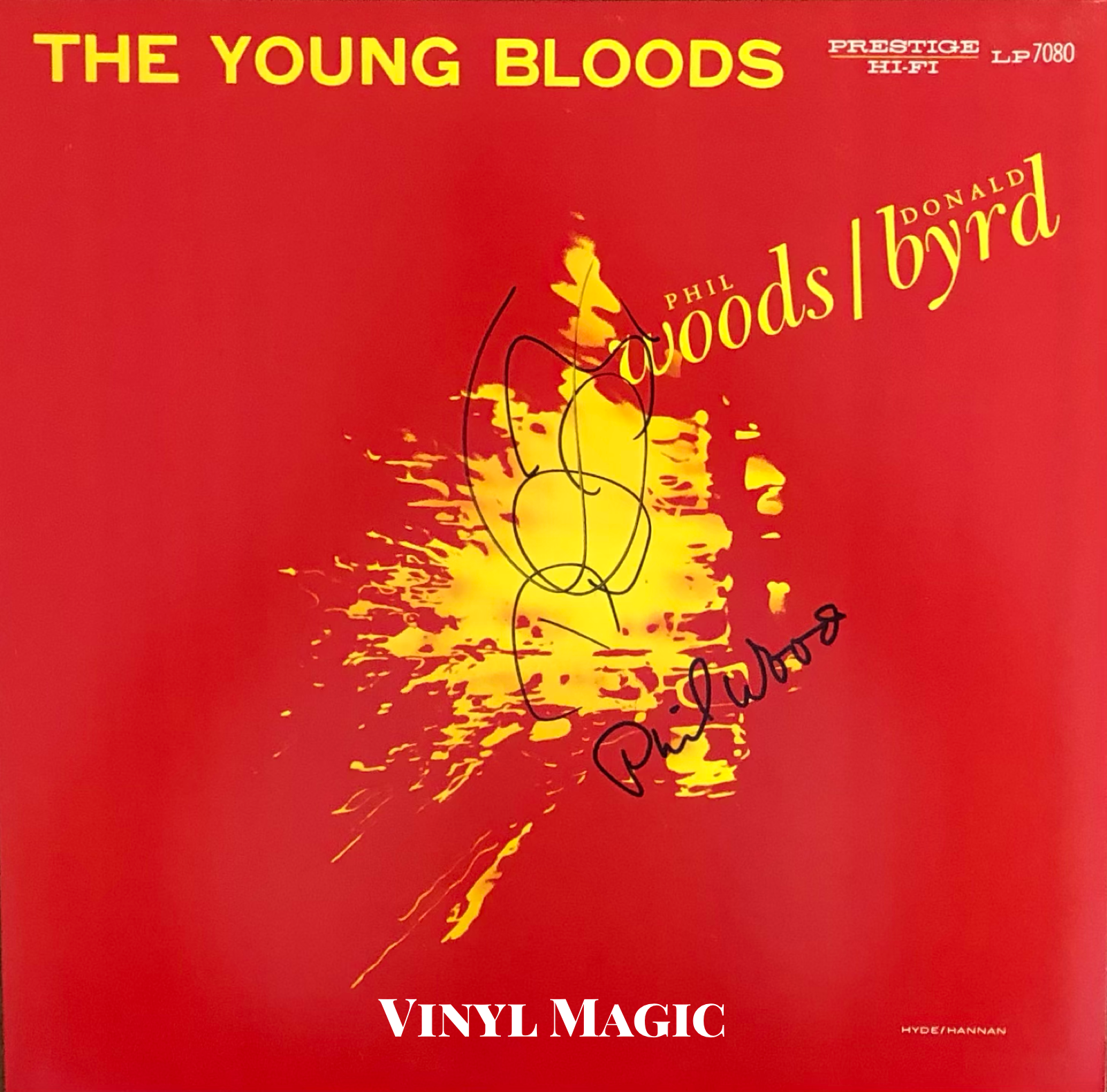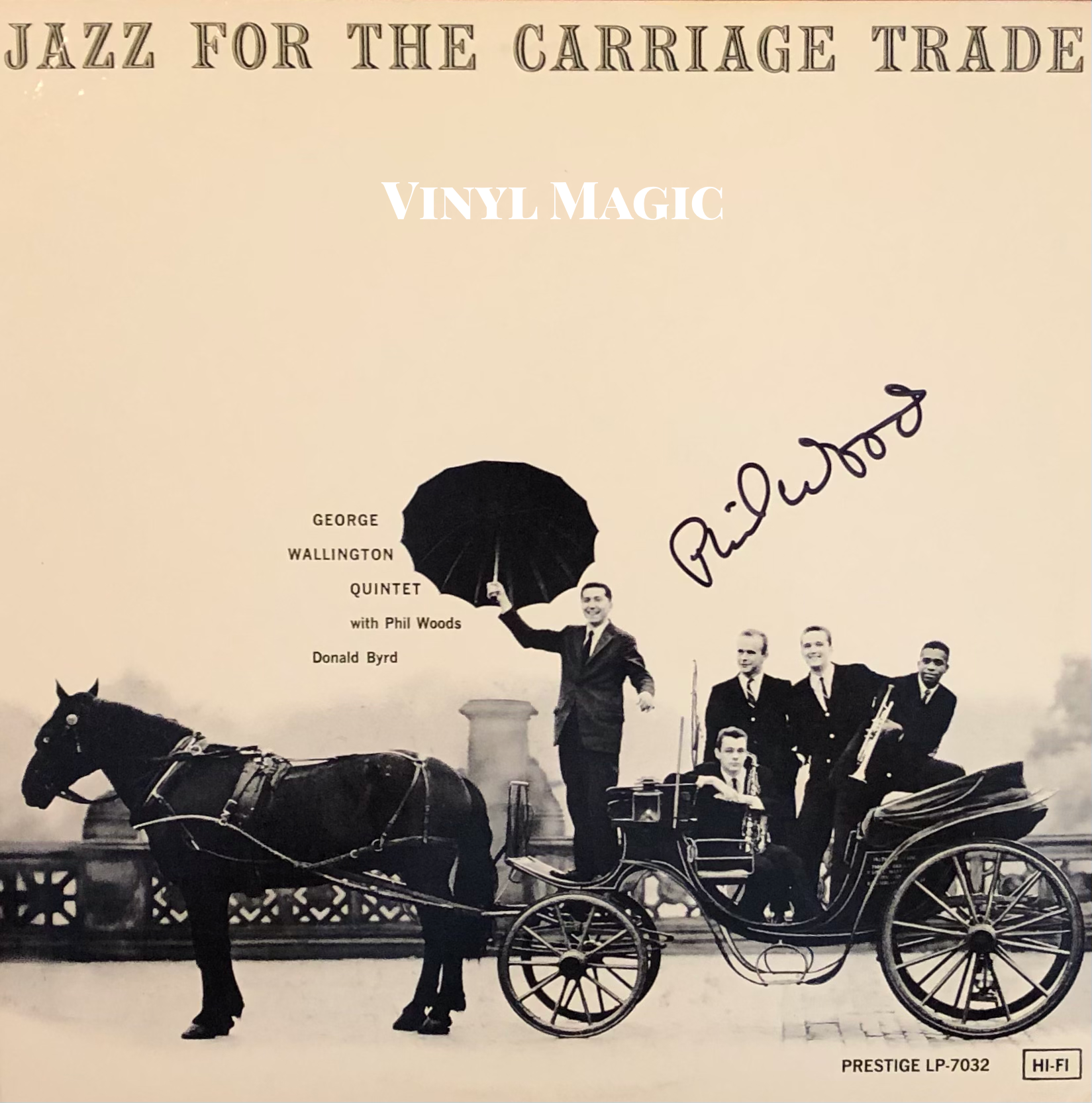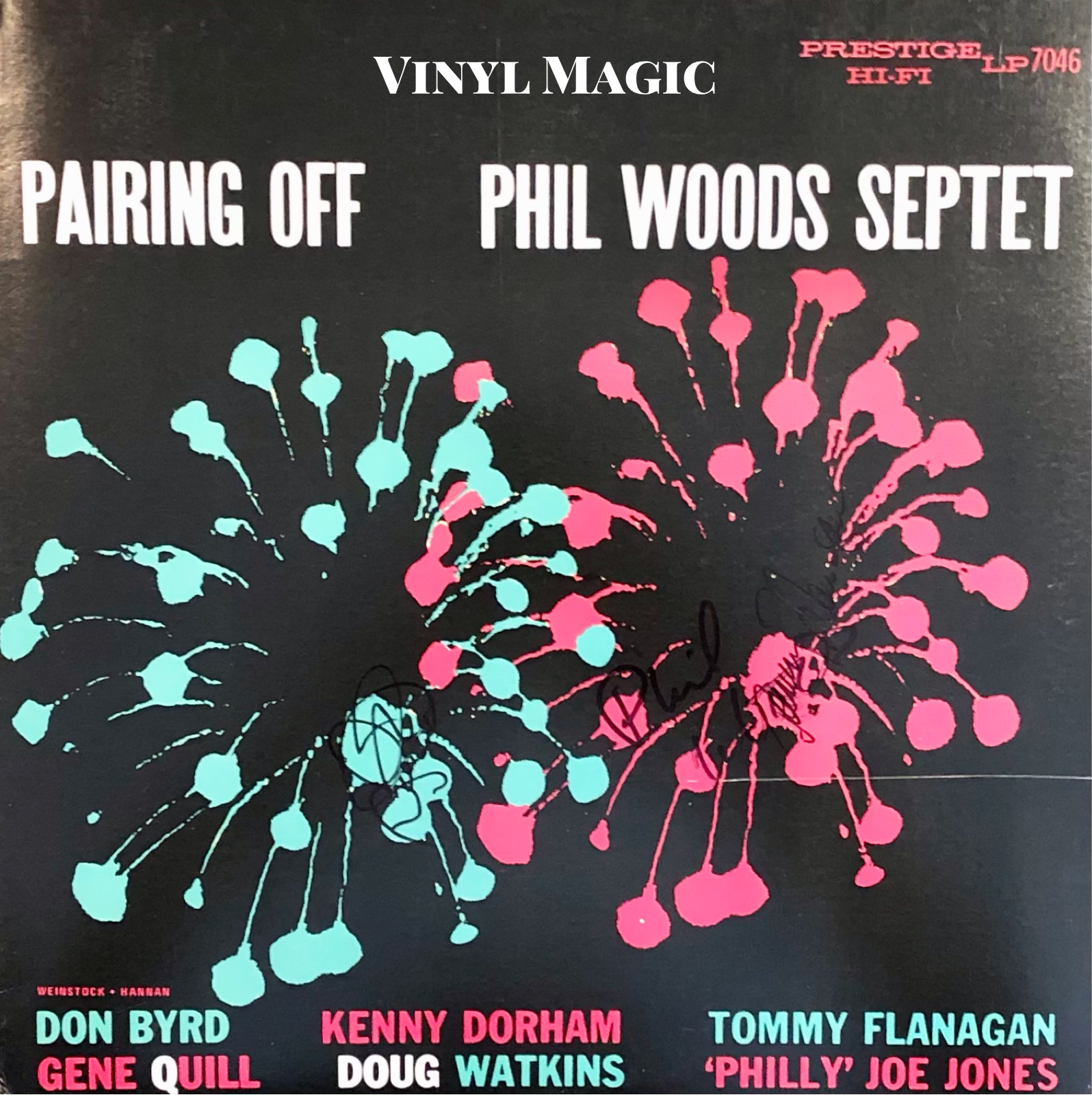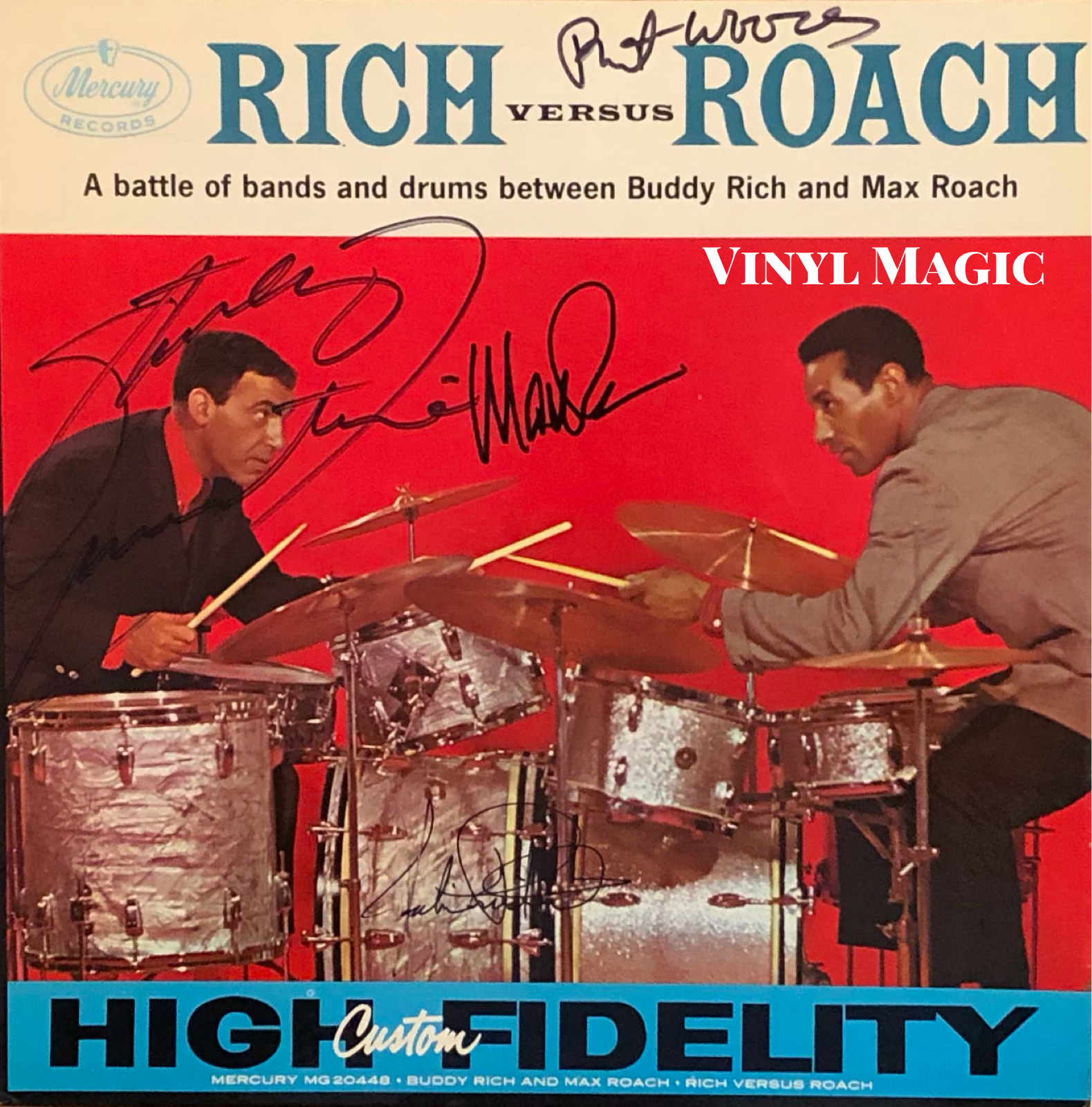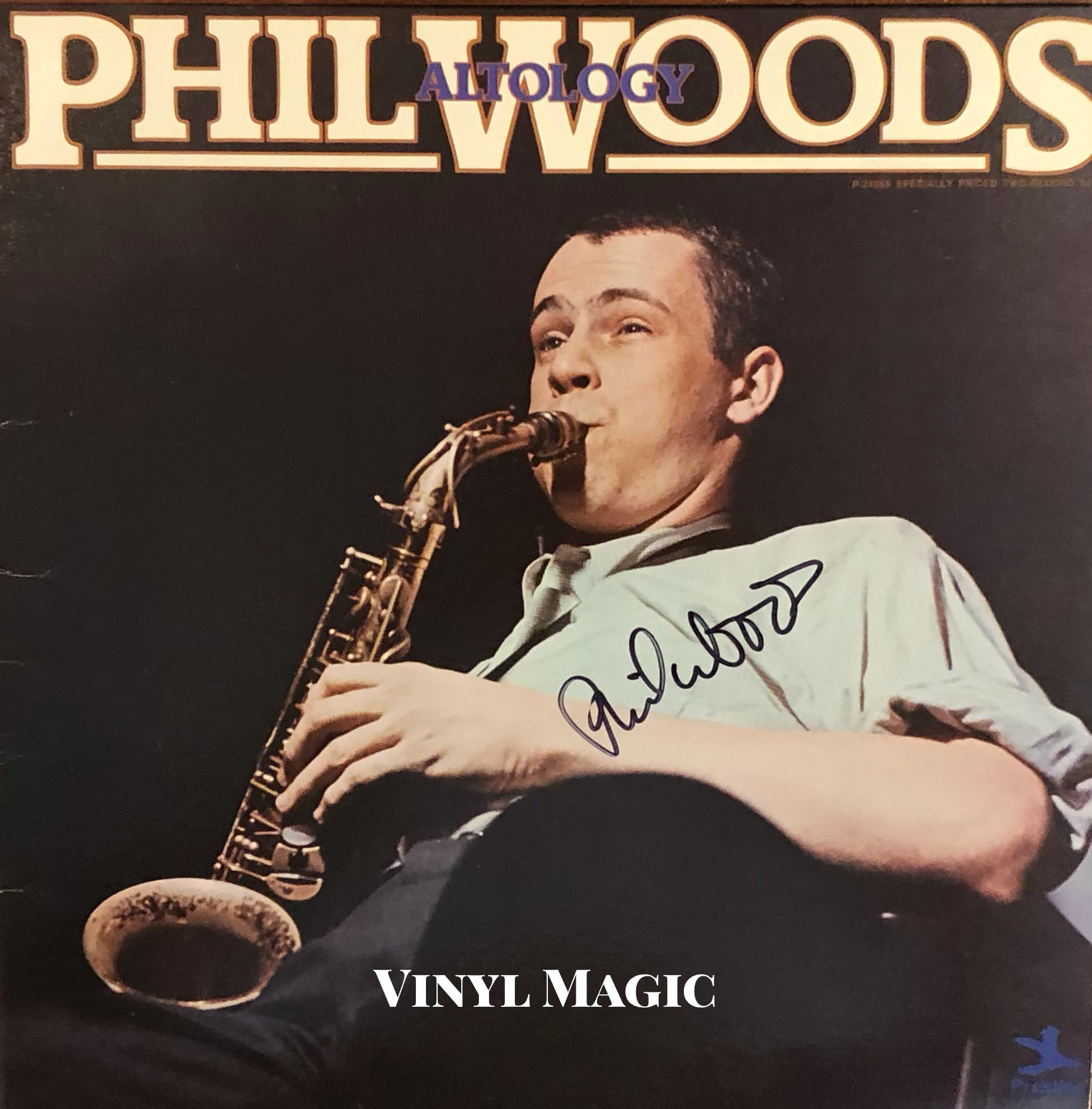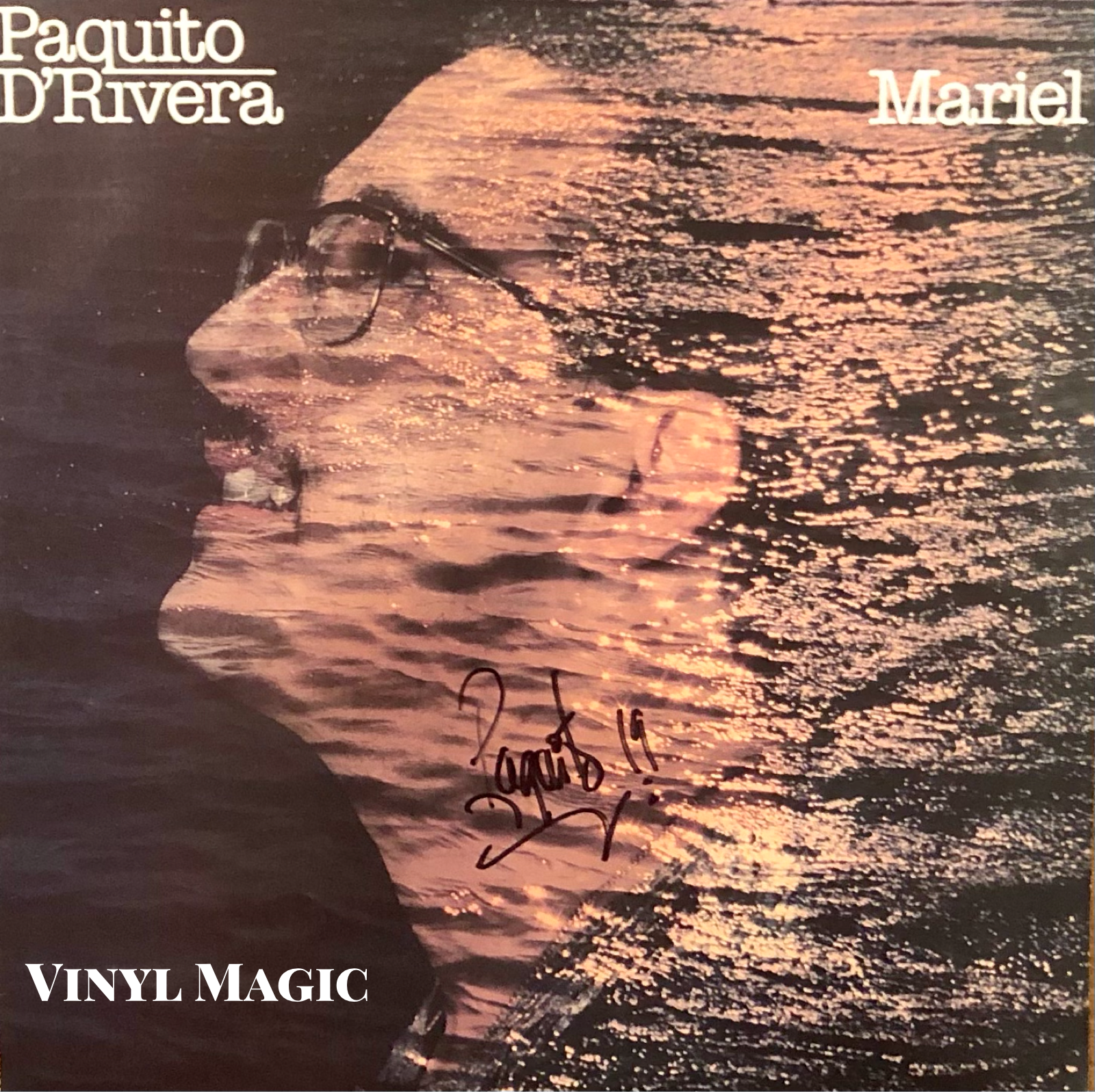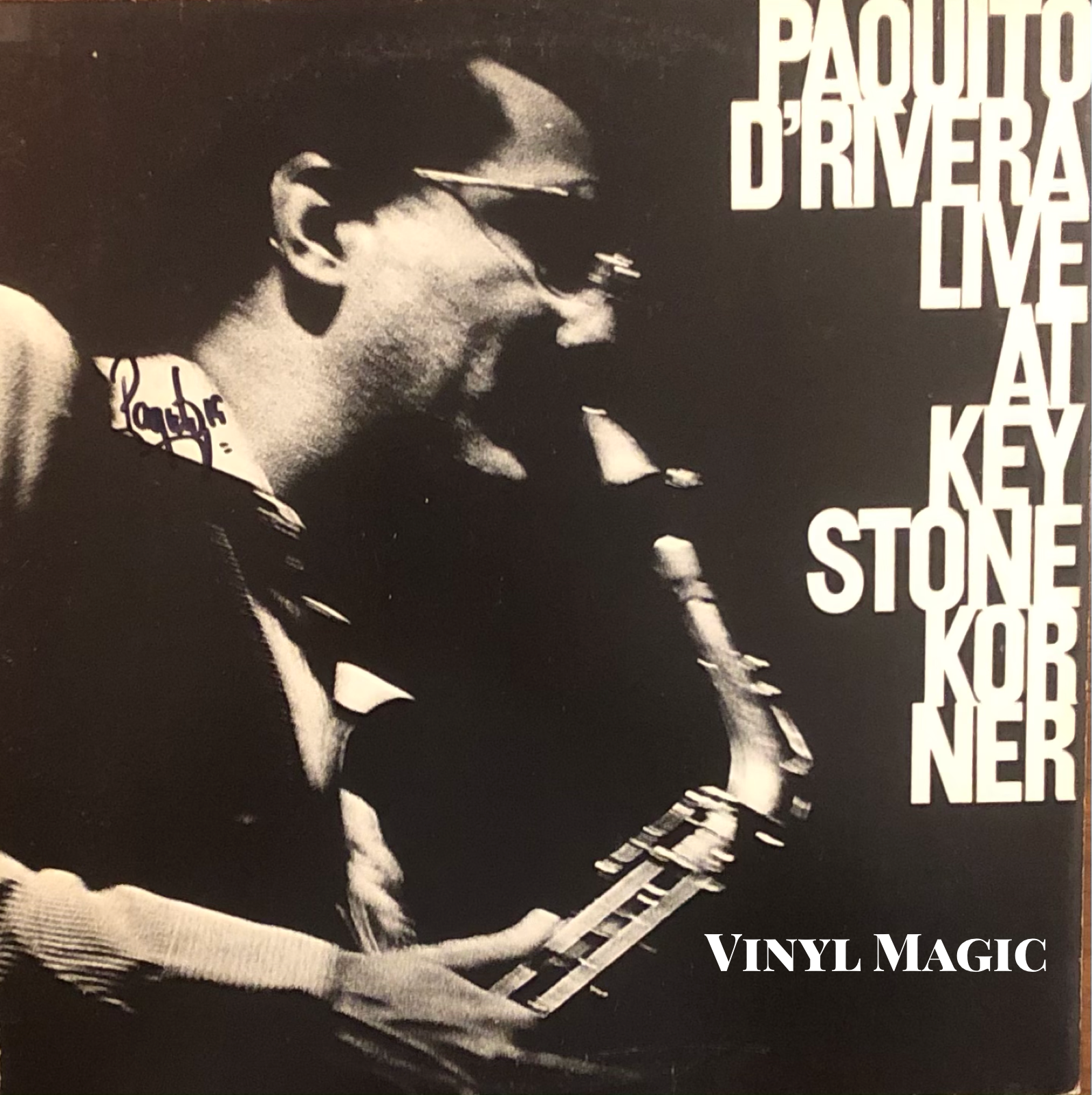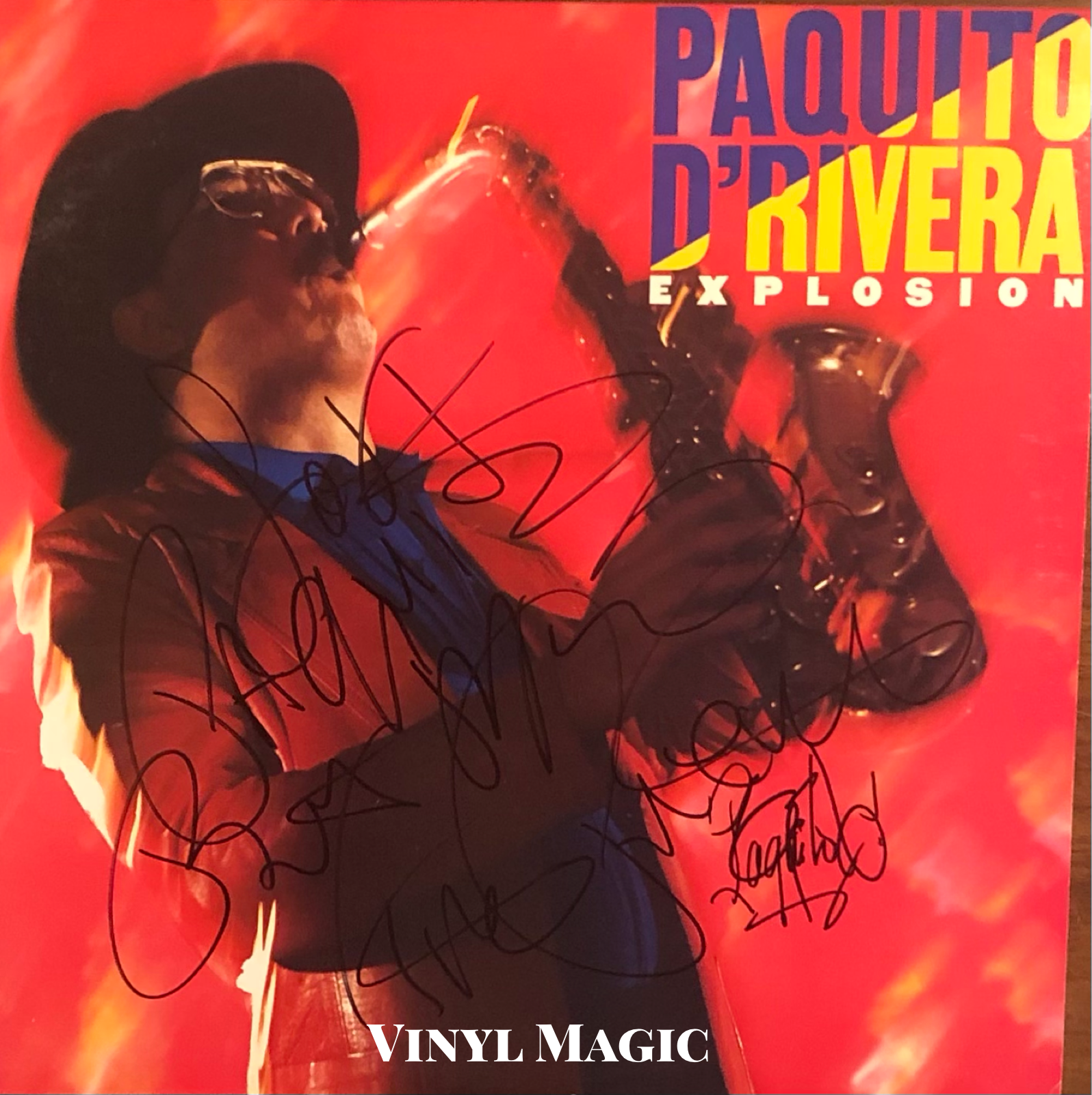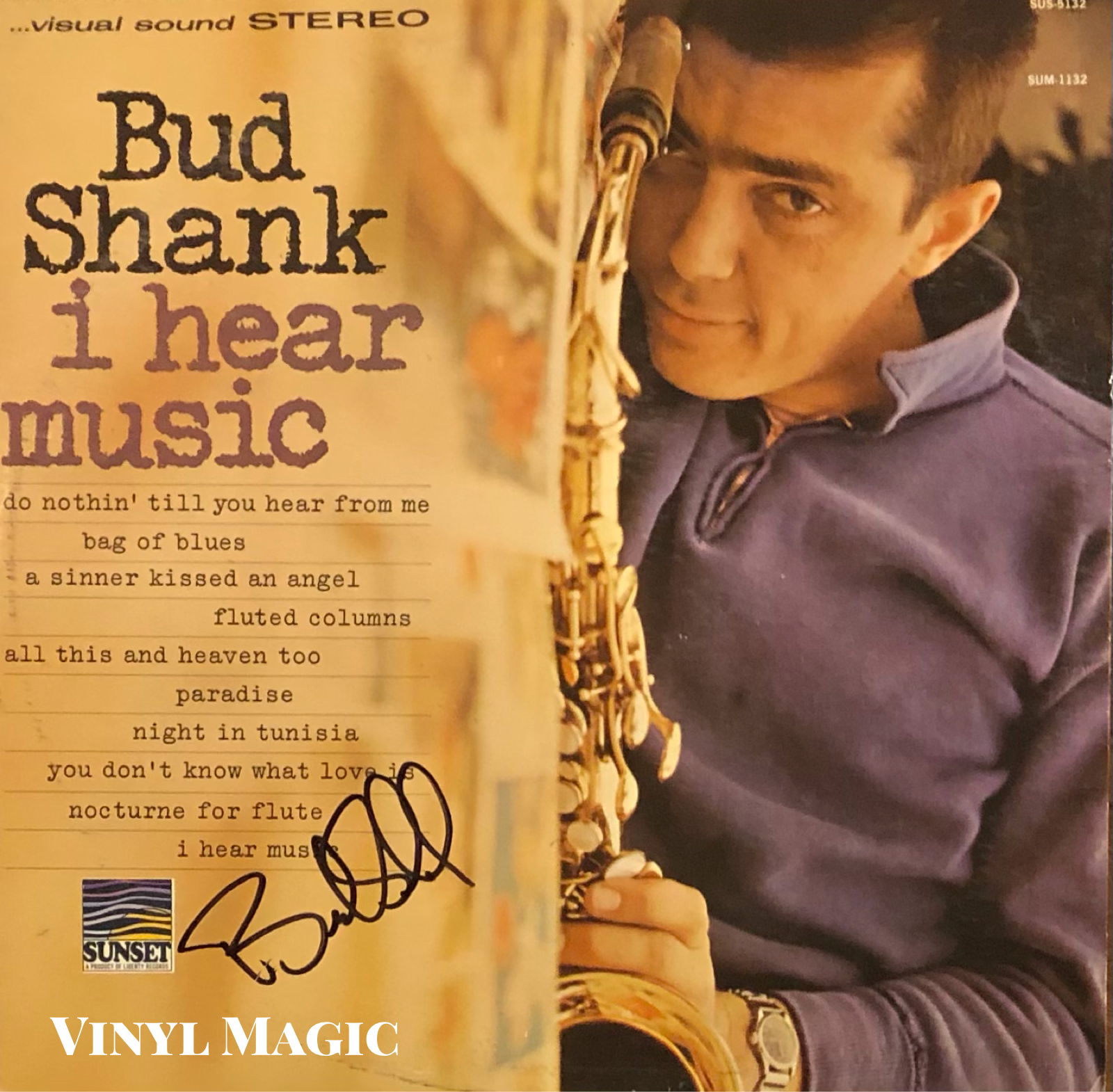Hank Crawford and Me…
I asked to be recorded with strings, and I was surprised when I got a yes on it from Neshui Ertegun at Atlantic Records. He agreed, to my surprise, and asked me who did I want to do the arrangements, and I said Marty Paich. I had heard Marty Paich’s small band arrangements when he was writing for Shorty Rogers and Stan Kenton, the West Coast scene, and I liked the way he voiced the strings. I found out the secret; he used french horns with strings to get that real melancholy sound. So Neshui agreed, and we went to California to record the record. I selected all the tunes except one, which really turned out to be sort of a signature tune for me, which was “Whispering Grass.” Marty Paich suggested that.
Hank Crawford, recording Soul Of The Ballad
After Hours (1966) signed by Hank
And I like all music, man. I’m not trying to put down anybody. I have respect for anybody who gets involved in the business because it’s so competitive. But when I hear a guy that can cross all bridges, and comfortable playing in each setting, that’s what I admire — and don’t feel guilty playing it. I don’t feel guilty playing “Steel Guitar Rag” if I’m called to play it, you know what I mean? I heard that when I was coming up as a kid, man, at 6 o’clock in the morning. Down South, that’s the first thing you’d hear on your radio, is Country & Western and Gospel music...I spent many days listening to Eddy Arnold and Hank Snow and all of those people. And we all liked it! Even jazz musicians, they can’t say they didn’t grow up listening to these people. So I played it as a youngster, and I don’t feel offended by it. I just do my best in it. So it’s music to me. I don’t mind being square because I play this tune. In fact, it’s a blessing to be able to play in all the styles. That’s when your phone keeps ringing!
Hank Crawford
Indigo Blue (1983) signed by Hank, David Fathead Newman, Dr. John, Howard Johnson, Bernard Pretty Purdie, Melvin Sparks
If musicians had to pay royalties for using someone else's sound the way they have to for recording someone else's songs, David (Newman) and Hank would be billionaires.
producer Joel Dorn
More Soul (1960) signed by Hank
Listening to him, listening to the sound come out of his horn - that's like an education. That's a year of college right there, I'm telling you.
saxophonist David Sanborn
Soul Survivors (1986) signed by Jimmy McGriff, Hank “Mr. Frim Fram”
I get asked lots of questions about my record collection, What's the most valuable? Nicest artist? Most disagreeable? No easy answers. The worst place I ever solicited a signature? That's easy, Hank Crawford in the men's room of a now defunct jazz club in lower Manhattan in 1986. Admittedly shameless pandering, here's how it happened...
I went to see Hank perform his alto saxophone wizardry with Hammond B3 maestro Jimmy McGriff, guitarist Wayne Boyd and drummer Don Williams. I was relatively new to stalking artists to sign vinyl and I was determined to get my quarry. Hank and Jimmy had just released Soul Survivors and they were playing their incendiary stew of soul-jazz-funk. After a long solo, Hank left the bandstand mid-song and went to the men's room. I followed. While Hank was finishing his business, I pretended to go as well. After Hank washed his hands, I whipped out The Soul Of The Ballad, a beautiful 1963 album featuring Hank's stirring alto with string arrangements by Marty Paich. "Hank, would you mind signing this? It's one of my favorite albums." He looked at me quizzically, "Alright, but we gotta do this quick, I need to get back on the bandstand." He signed the album and handed it back to me and left to rejoin Jimmy and the band in full flight. Clearly, not my most shining moment but effective nonetheless.
Soul Survivors (1986) signed by Hank, Jimmy McGriff, Bernard Pretty Purdie
To me (and probably only me!), it was reminiscent of the Keith Richards-Johnny Cash encounter at Johnny's Rock 'n' Roll Hall Of Fame induction dinner in 1996. According to Keef's autobiography Life, Keith went to the bathroom and saw Johnny in the next stall. Keefer started singing "Loading Coal", a Johnny Cash obscurity. Keith said, "I'm pissing with Johnny Cash. We need a picture of this!" "No Keith, we do not need a picture of this," Johnny replied resolutely. Johnny Cash explained his perspective, "I was standing at the urinal in the rest room before the dinner and I heard this voice behind me singing 'Loading Coal,' which is probably one of the most obscure songs I ever recorded. I wondered who in the world could be singing that song and when I looked around I saw Keith and he had this big smile on his face. So I turned around and we sang the chorus together. That's when I guess I knew everything was going to be OK."
Now, I didn't sing any songs with Hank Crawford that night in the men's room, fortunately he plays instrumentals, but I did get one of my favorite albums signed by a favorite jazz saxophone star.
Midnight Ramble (1983) signed by Hank, David Fathead Newman, Dr. John, Howard Johnson, Bernard Pretty Purdie
Born in Memphis, Hank Crawford grew up surrounded by the sounds of the church, rhythm and blues, soul, and especially the blues. Hank was trained on piano and then switched to alto saxophone. When he attended Manassas High School in Memphis, some of his peers and classmates were future jazz legends George Coleman, Booker Little, Harold Mabern, Phineas Newborn, Jr. and his brother Calvin. As Hank later observed, "We had a pretty good education just by being around each other."
Mr. Blues (1967) signed by Hank
While still in high school, Hank sat in on some sessions in 1950 with B.B. King, a rising bluesman under the direction of master producer Sam Phillips, who later founded Sun Records and produced the early recordings of Elvis Presley, Jerry Lee Lewis, Johnny Cash, Ike Turner, and Howlin' Wolf. Sam Phillips essentially invented rock and roll at his humble, renovated store front studio at 706 Union Avenue in Memphis, Tennessee. In fact, some musicologists cite pianist Ike Turner's 1951 hit "Rocket 88" with Jackie Brenston on vocals as the birth of rock and roll.
Dig These Blues (1965) signed by Hank
After playing locally, Hank joined the Ray Charles big band in 1958 and he became its music director in 1960, serving with distinction until he left for a successful solo career in 1963. As he said about his time with Ray, "He was strict about his music and how he wanted to run his organization, but if you adjusted to how he wanted things done, you could make it very easily. I watched how he liked his voicings, the horns and everything, so I made it like a classroom. Being around him augmented what I was thinking about...my direction."
Down On The Deuce (1984) signed by Hank, David Fathead Newman, Howard Johnson, Cedar Walton
Hank released more than forty albums in his career and he was featured on studio sessions with Etta James, Grant Green, Eric Clapton and many others. His warm, expressive alto was imbued with the sacred and profane which swirled around Memphis in the 1940s and 1950s, and Hank's influence extends far beyond soul jazz aficionados. Hip hop artists like Kanye West, Tupac, Drake and more than twenty other artists have sampled his righteous soul grease on their recent tracks. Hank was also a phenomenal arranger who wrote inspired charts for Ray Charles and he released five albums with Jimmy McGriff, the pre-eminent Hammond B3 soul-blues-jazz master. I was lucky to see Hank and Jimmy perform many times through the years and Jimmy McGriff ended up playing my wedding, but that's another story for another time!
Outside Looking In (1978) signed by Hank, Jimmy McGriff
Hank' s own words best encapsulate his music and approach:
"I found out as a young musician growing up in Memphis that if you weren't reaching people, and having them tap their foot, then there was nothing happening."
Mr. Chips (1986) signed by Hank
Thanks for all the grooves, Hank. There was always toes tappin' and something happenin', especially with Jimmy McGriff.
Steppin’ Up (1987) signed by Hank, Jimmy McGriff
Choice Hank Crawford Cuts (per BK's request)
https://www.youtube.com/watch?v=RSHMRyY5Drk
"Whispering Grass" The Soul Of The Ballad 1963
https://www.youtube.com/watch?v=PJFMAZT4gcw
"Bill For Bennie" written by Hank, performed with Ray Charles on piano, David "Fathead" Newman on tenor, Hank on baritone, Swing Baby Swing!
https://www.youtube.com/watch?v=QC88dJ4KuFw
"Wildflower" 1973 sampled by Kanye's "Drive Slow", Tupac's "Shorty Wanna Be A Thug"
https://www.youtube.com/watch?v=THK5FVuptp0
"Every Day I Have The Blues" Hank and Jimmy Live 1989
https://www.youtube.com/watch?v=4nbouwehaMY
"You Send Me" Hank and Jimmy Live 1989
https://www.youtube.com/watch?v=o0Cx8Tk4Miw
"The Peeper" Hank and David Sanborn Live 1990
https://www.youtube.com/watch?v=J6jgvlbzy-I
"Frim Fram Sauce" Hank and Jimmy Soul Survivors 1986
Bonus tracks:
https://www.youtube.com/watch?v=__3wWqMKg4I
"Loading Coal" Johnny Cash without Keith!
https://www.youtube.com/watch?v=Gbfnh1oVTk0"Rocket 88" Ike Turner with Jackie Brenston 1951 - The birth of rock'n'roll
On The Blue Side (1990) signed by Hank, Jimmy McGriff
Still Hard Times (1982) signed by Hank, David Fathead Newman, Jimmy Cobb, Howard Johnson, Larry Willis
Fire! Live At The Village Vanguard (1989) signed by Hank, David Fathead Newman, Stanley Turrentine, David Williams
The Best Of Hank Crawford (1970) signed by Hank
Help Me Make It Through The Night (1972) signed by Hank







